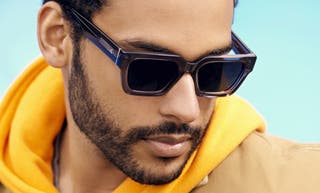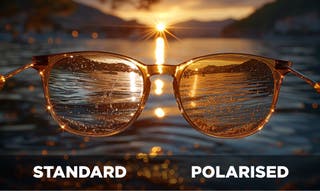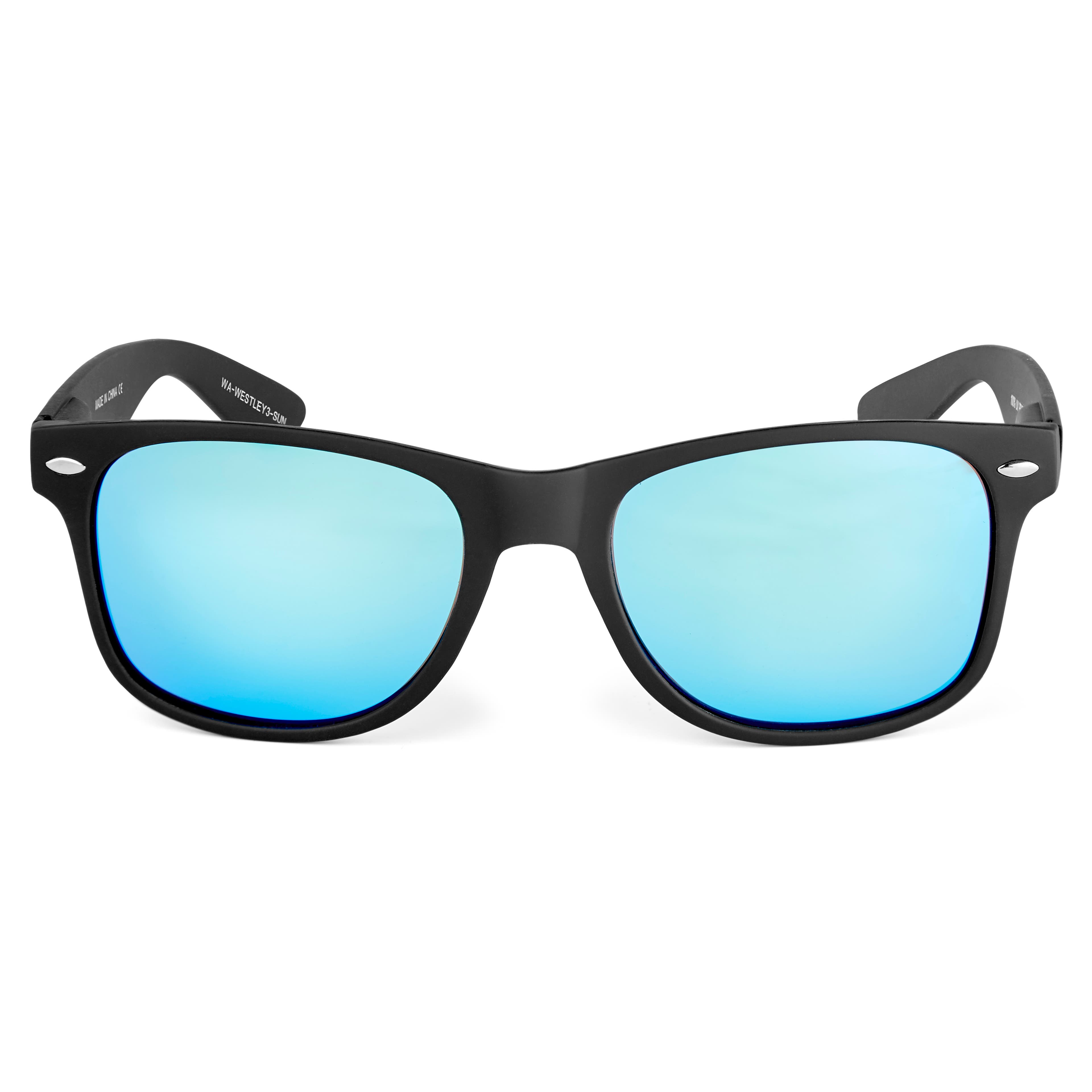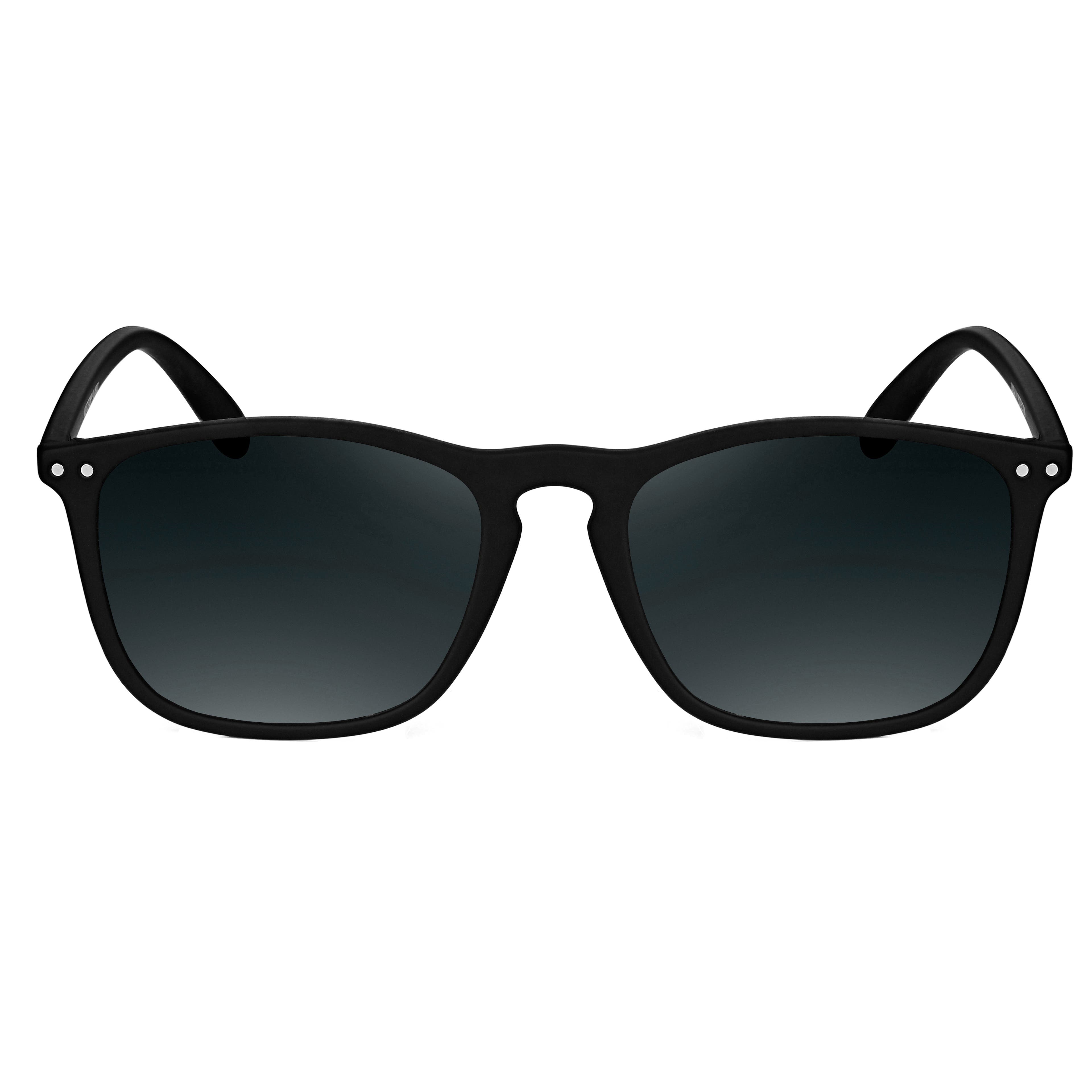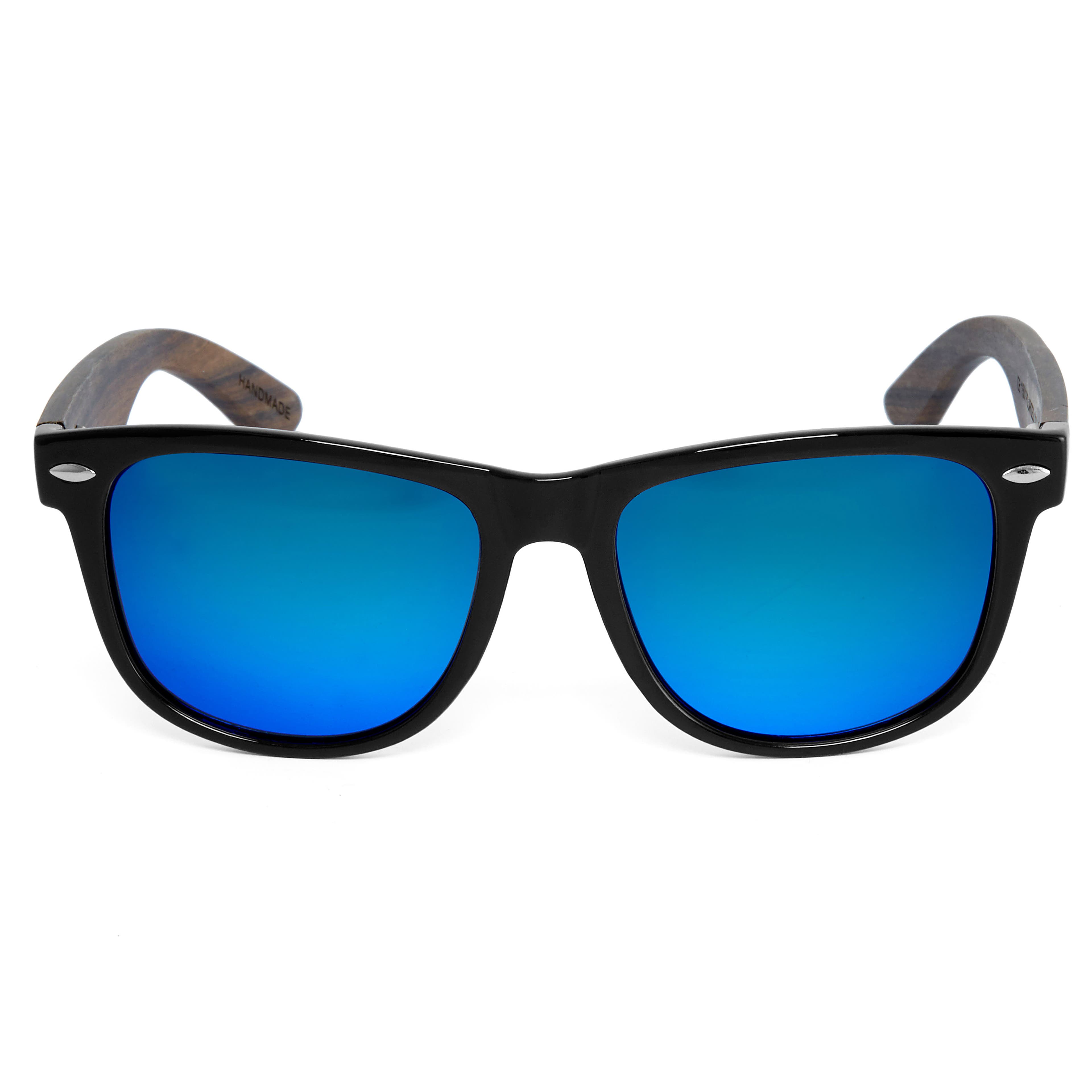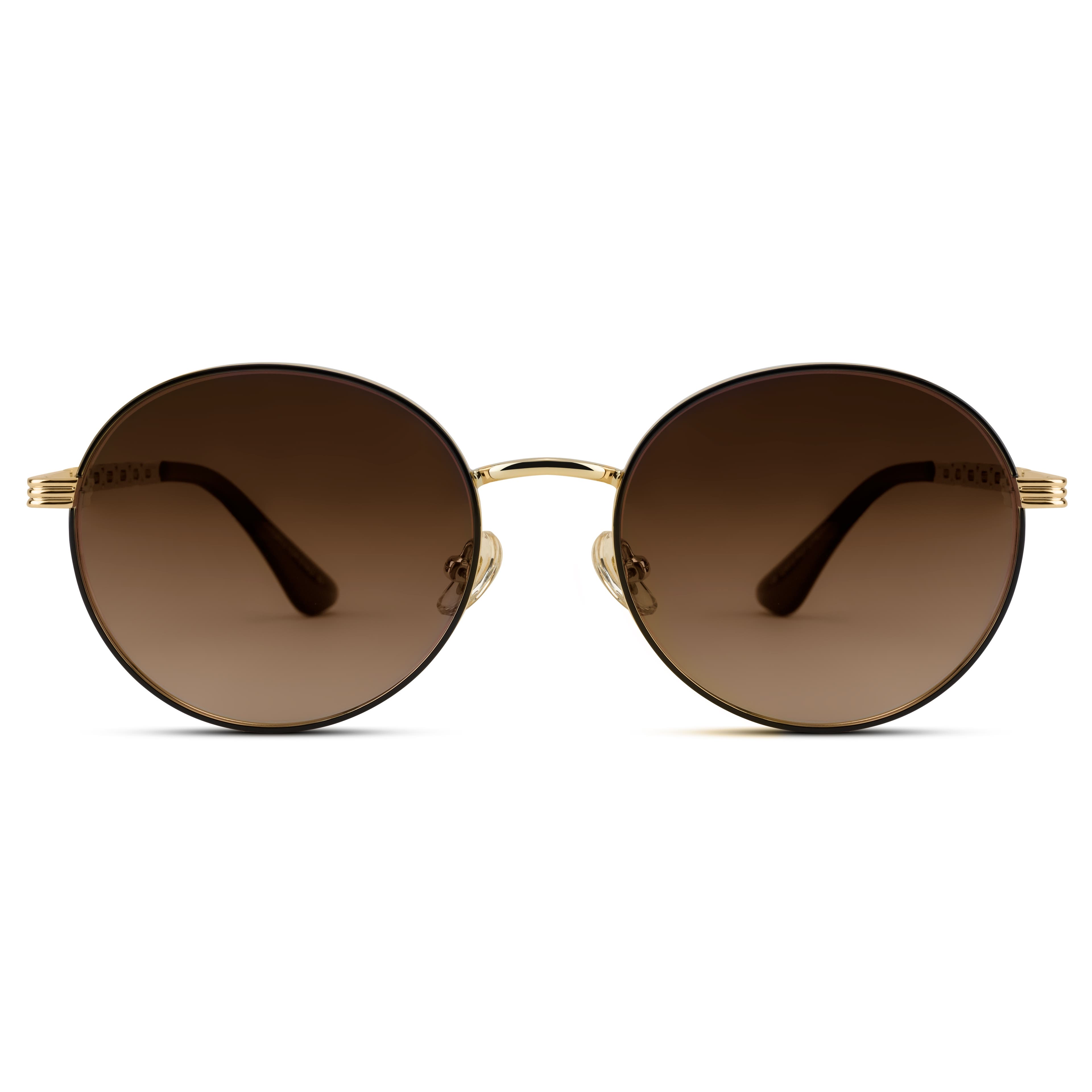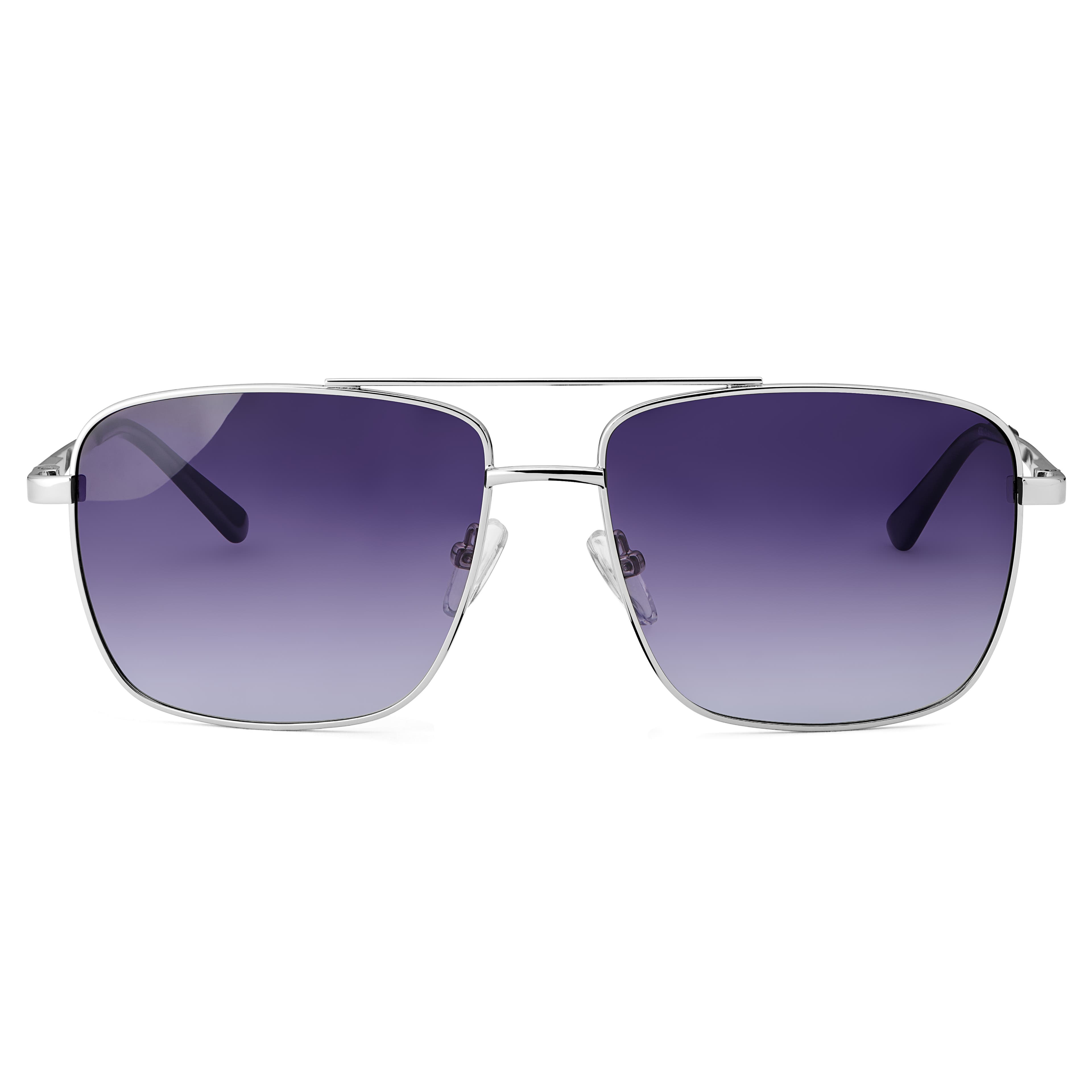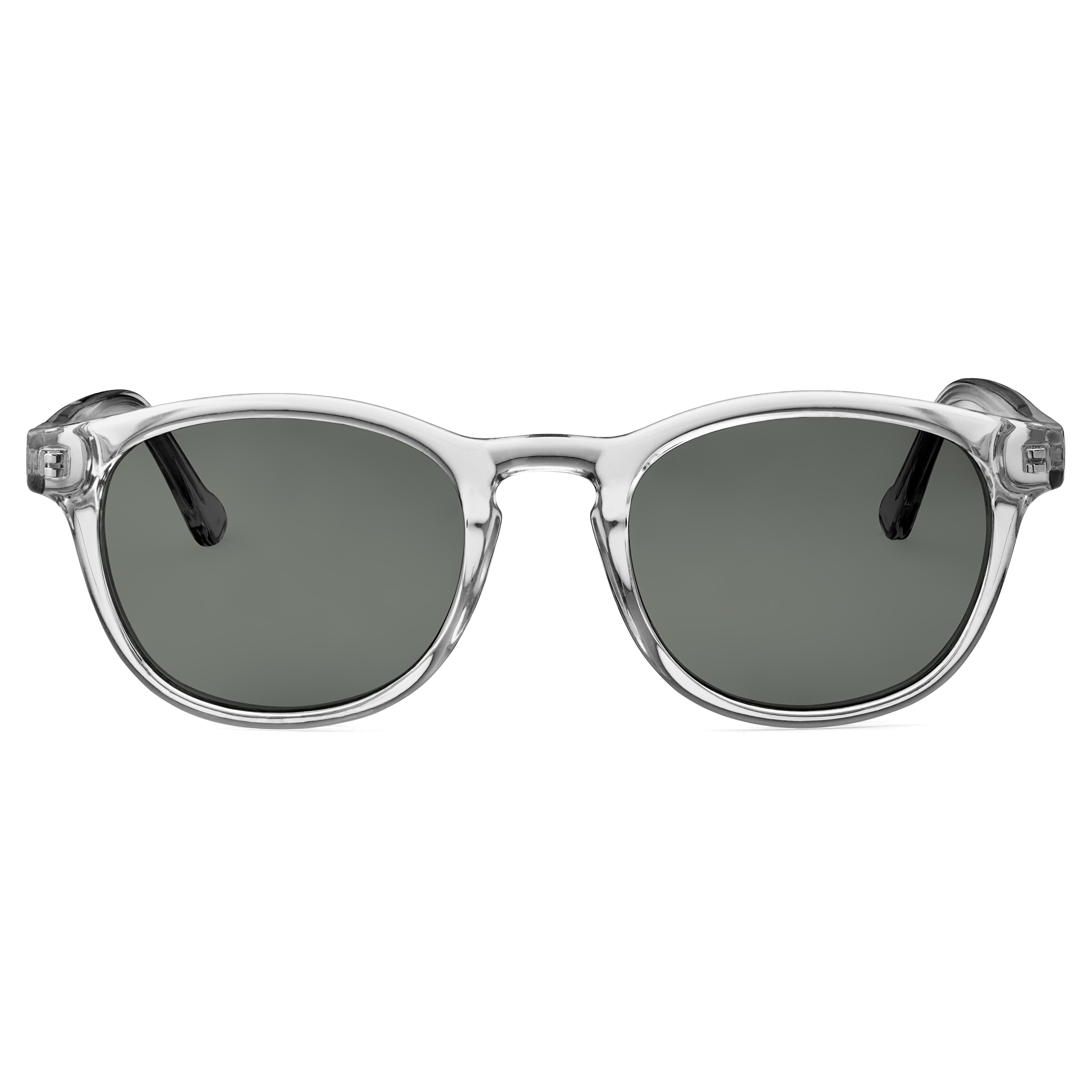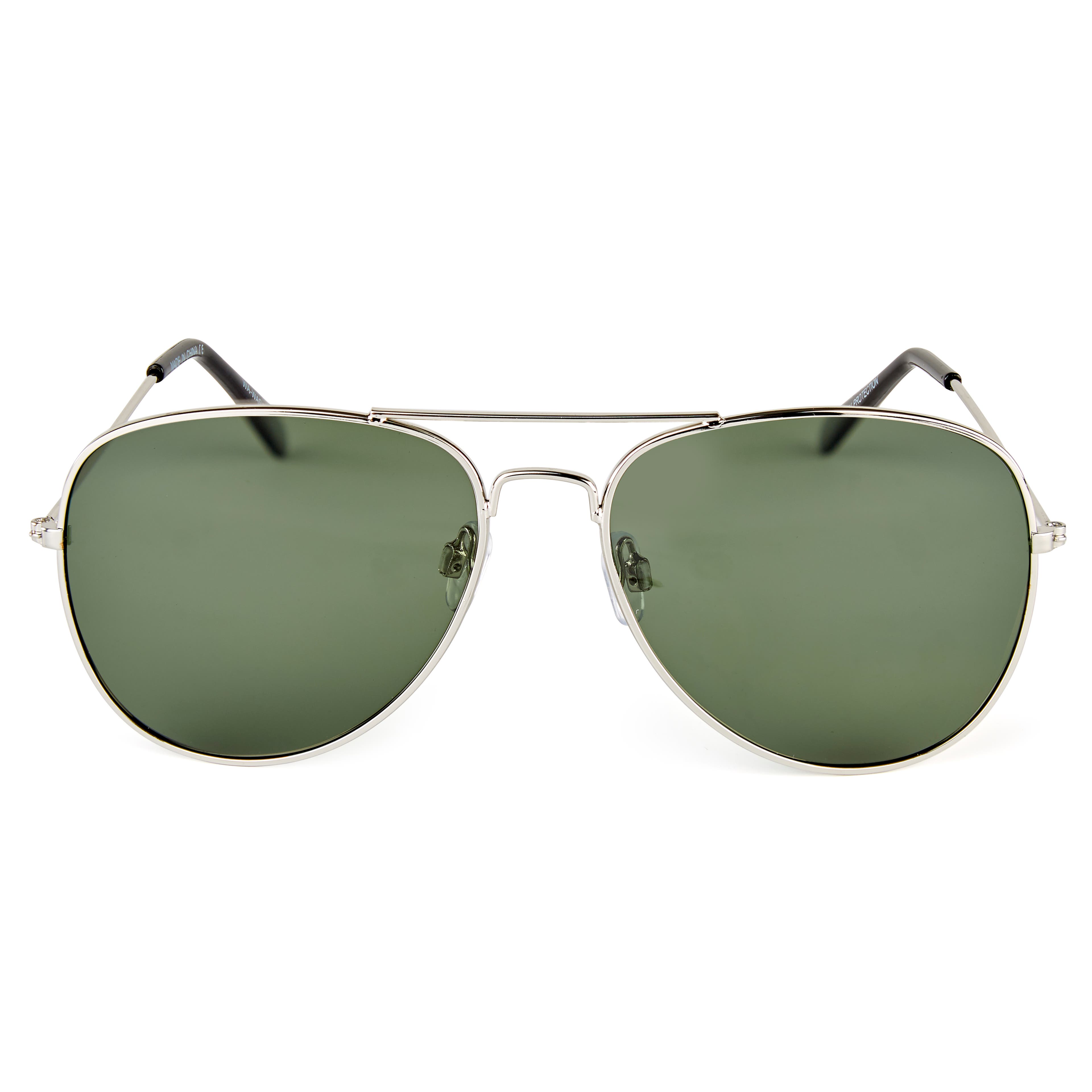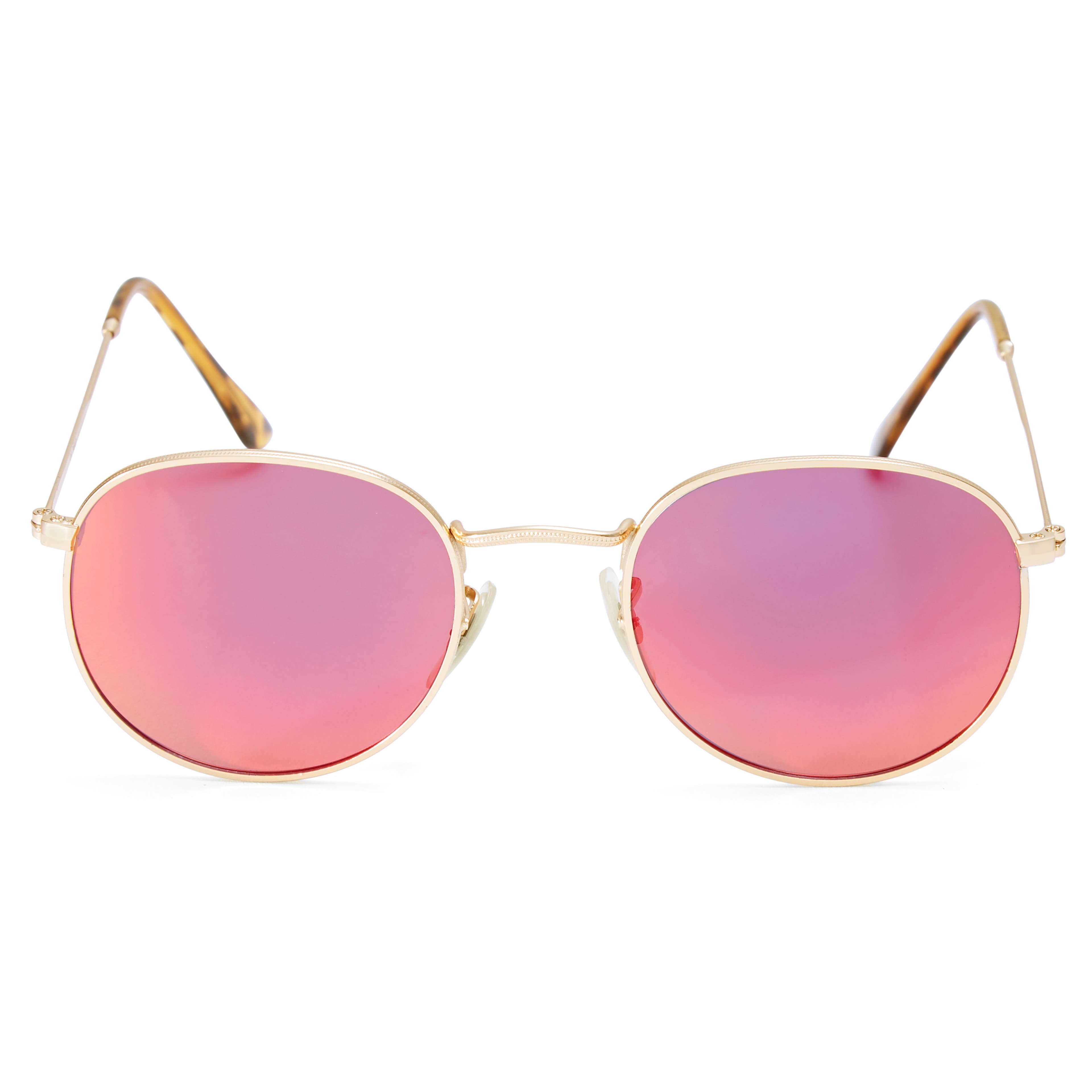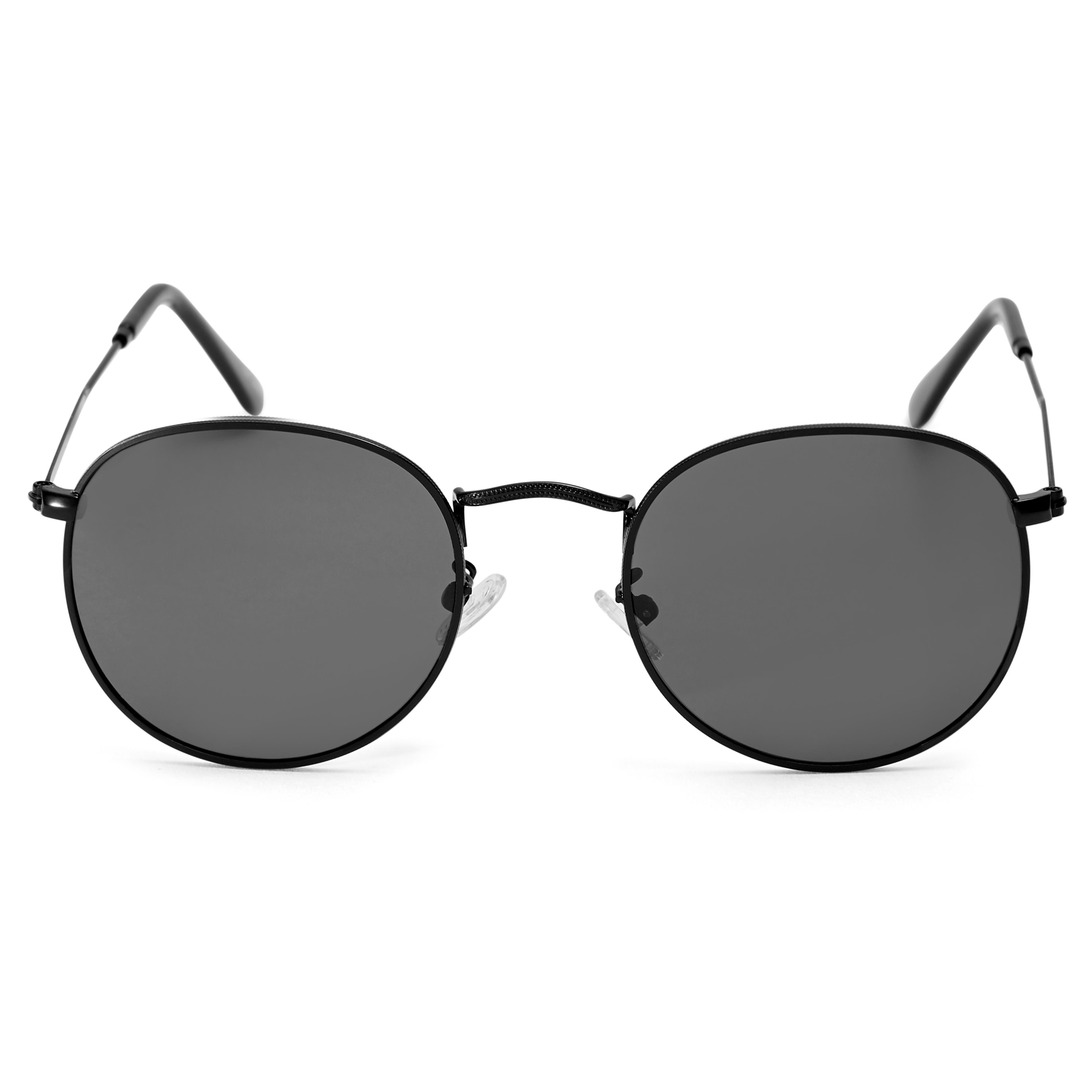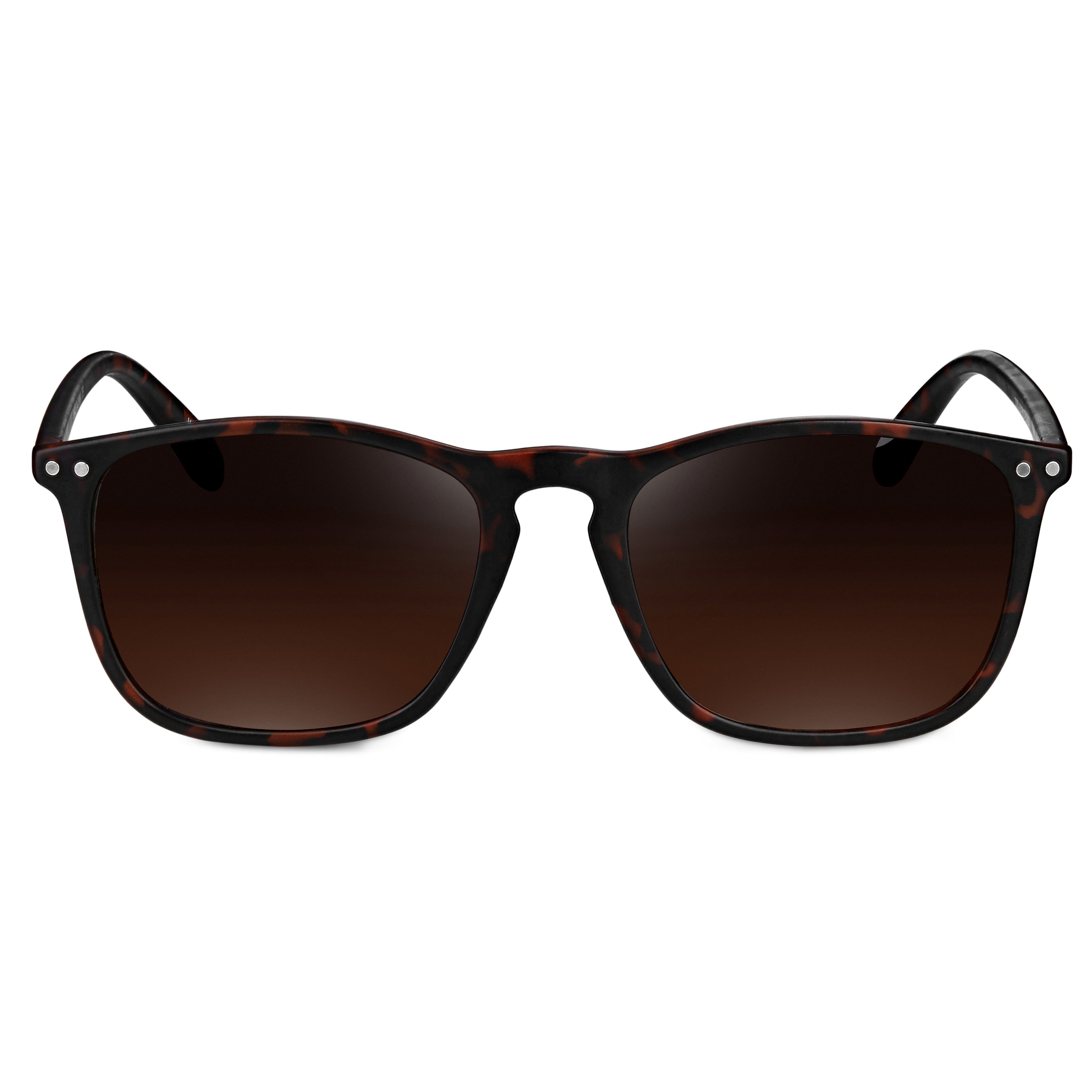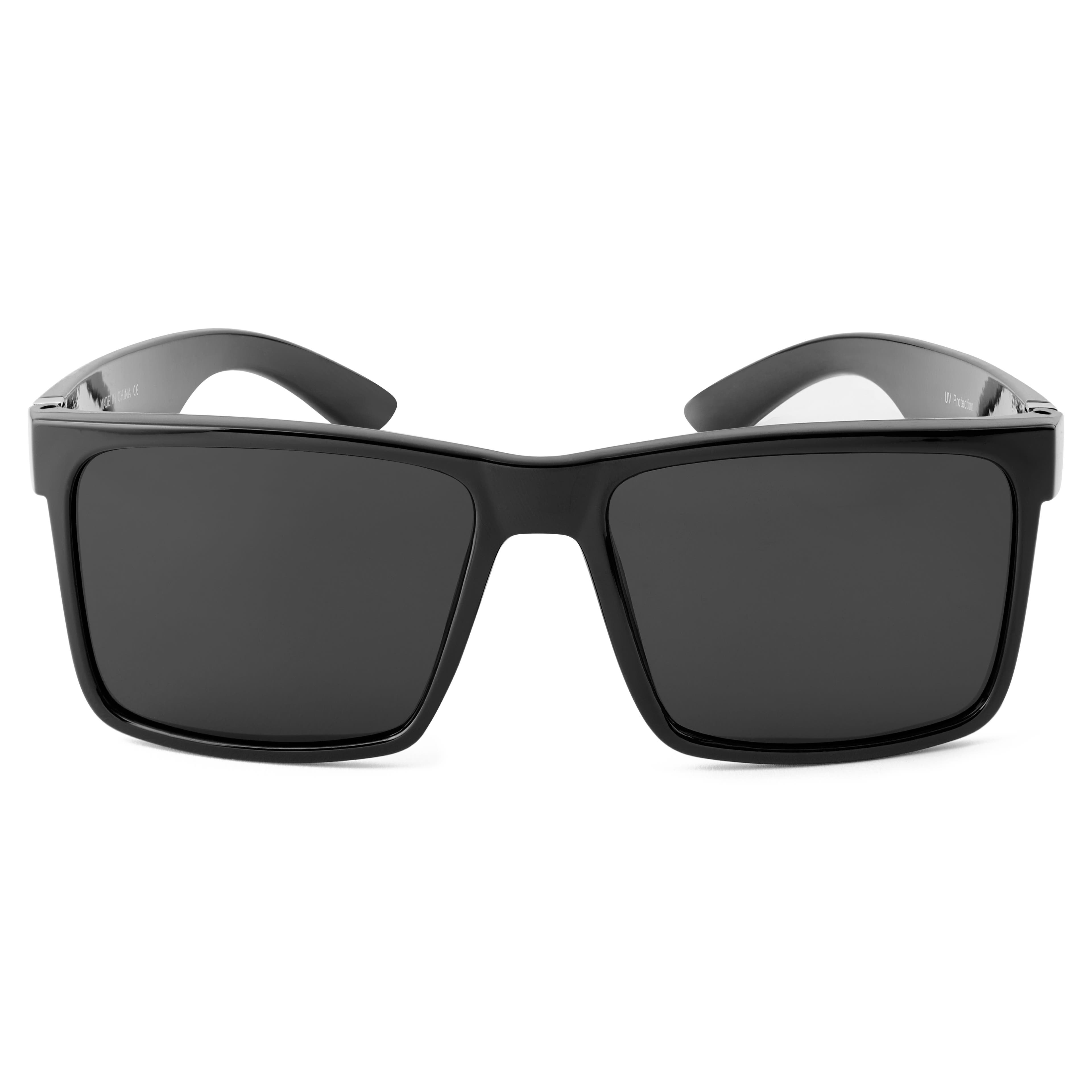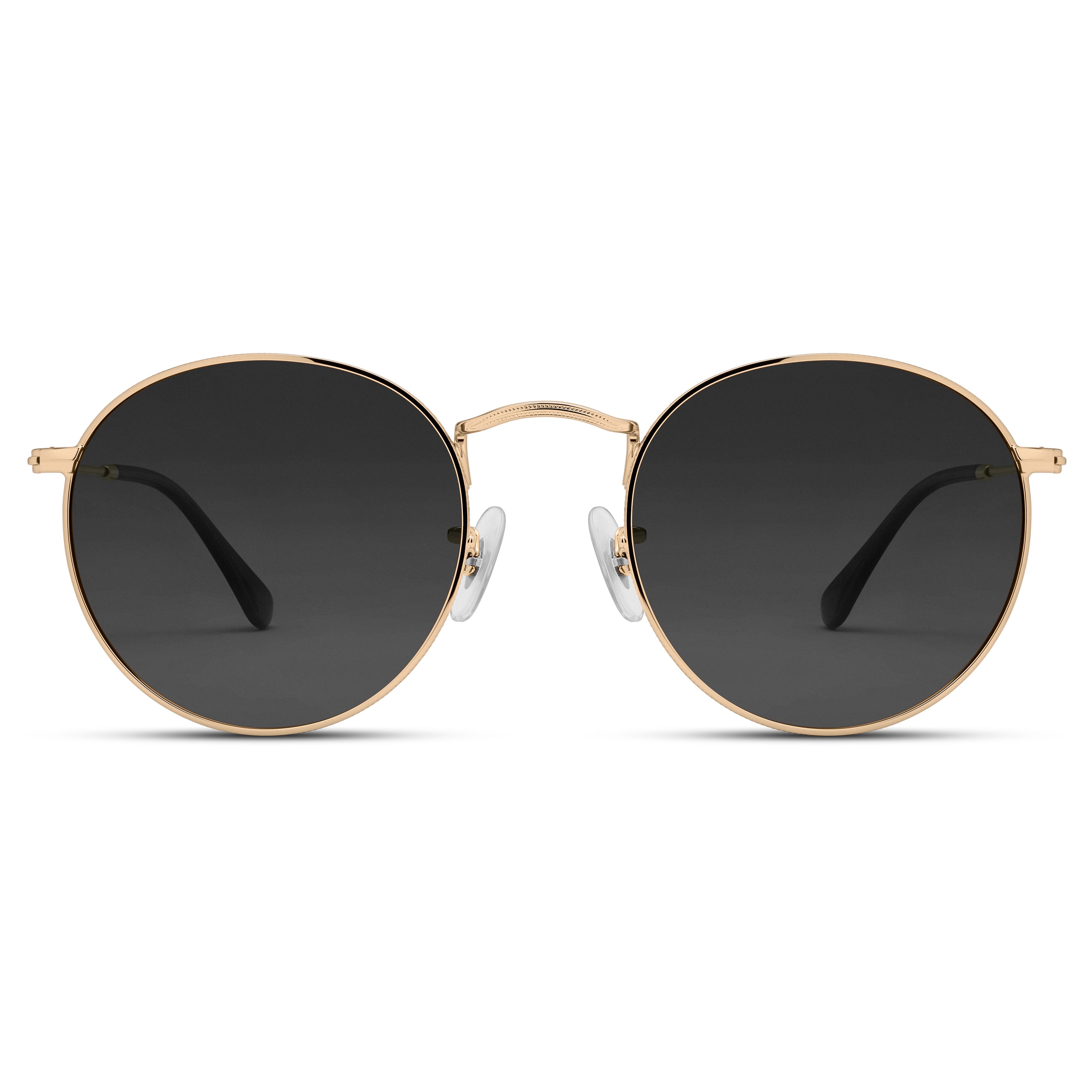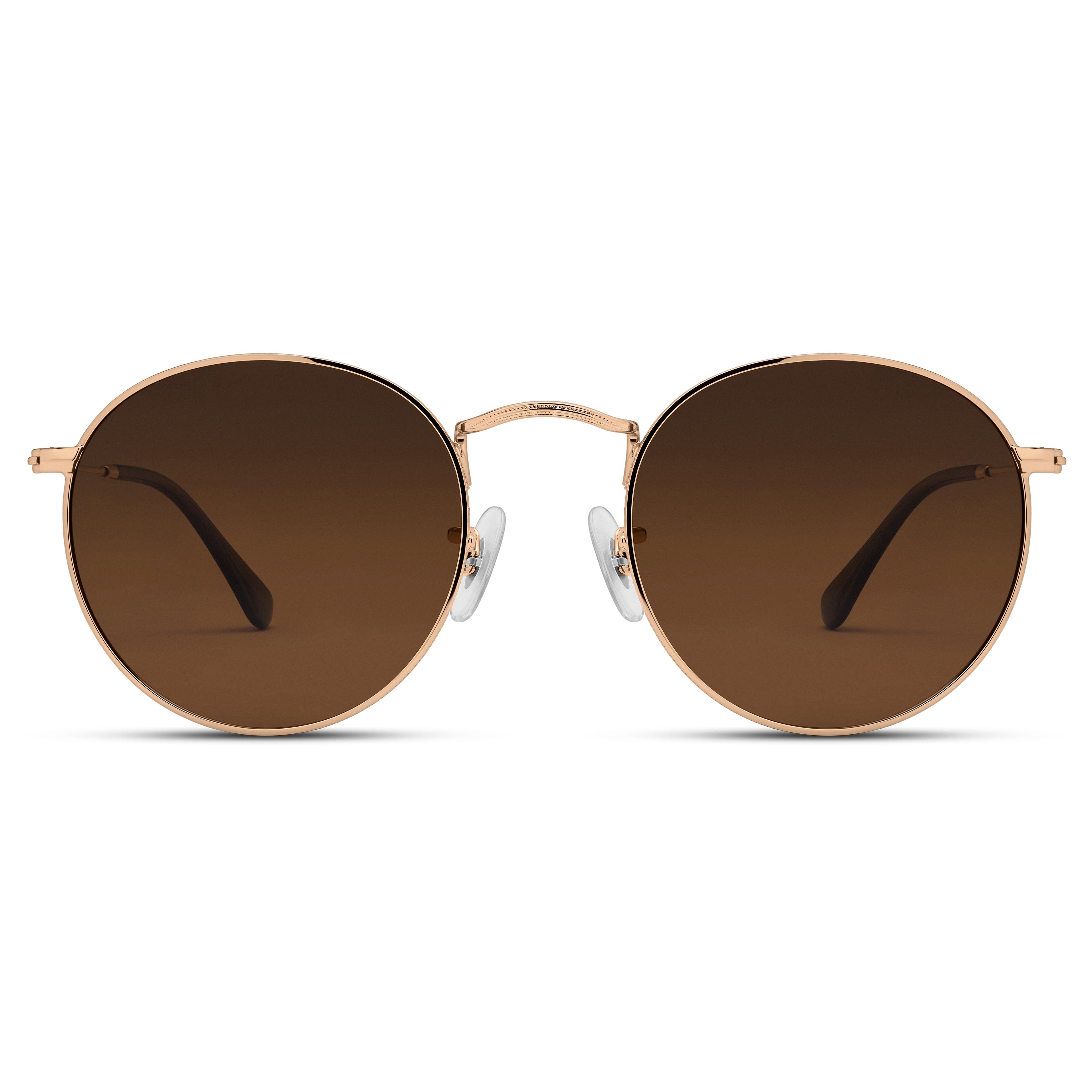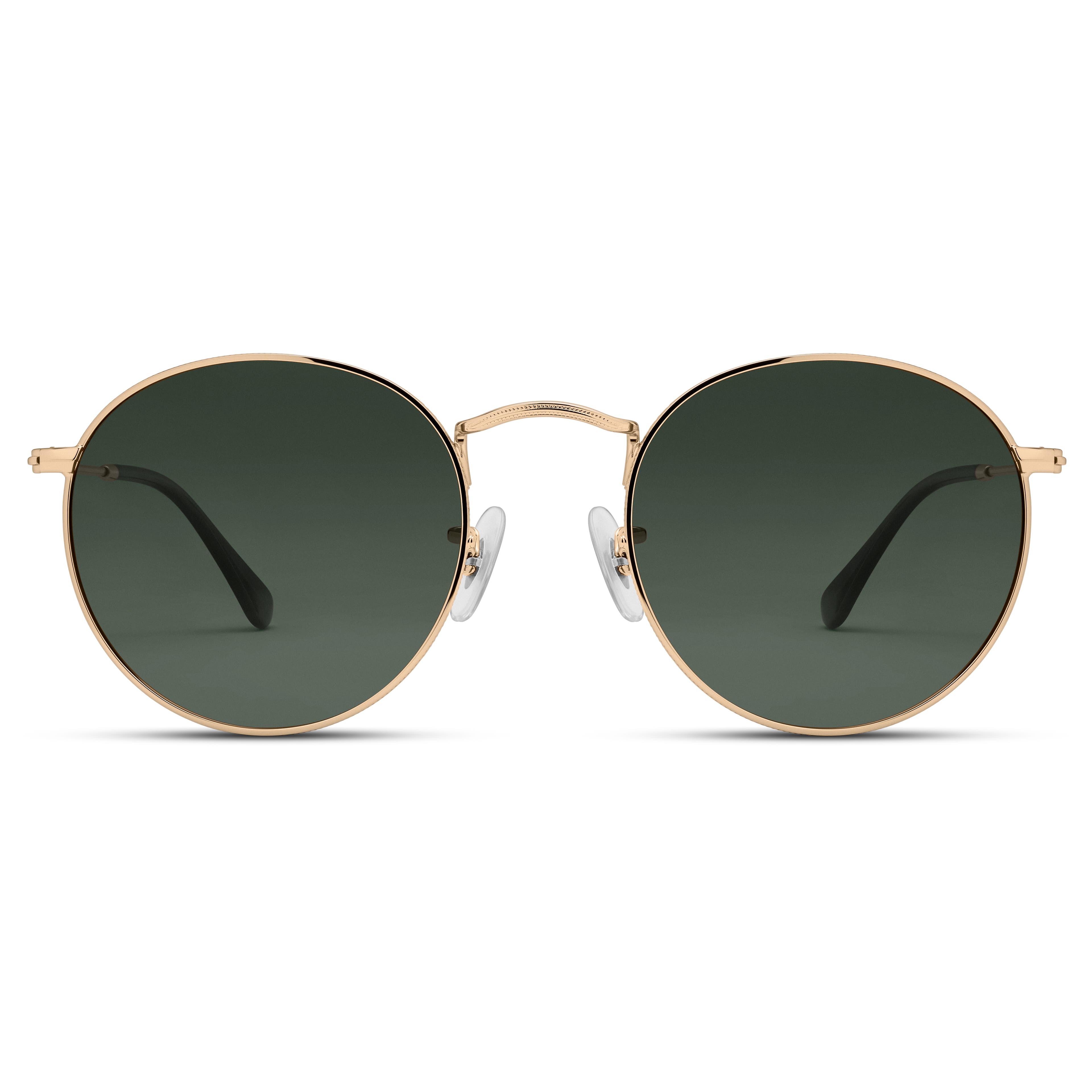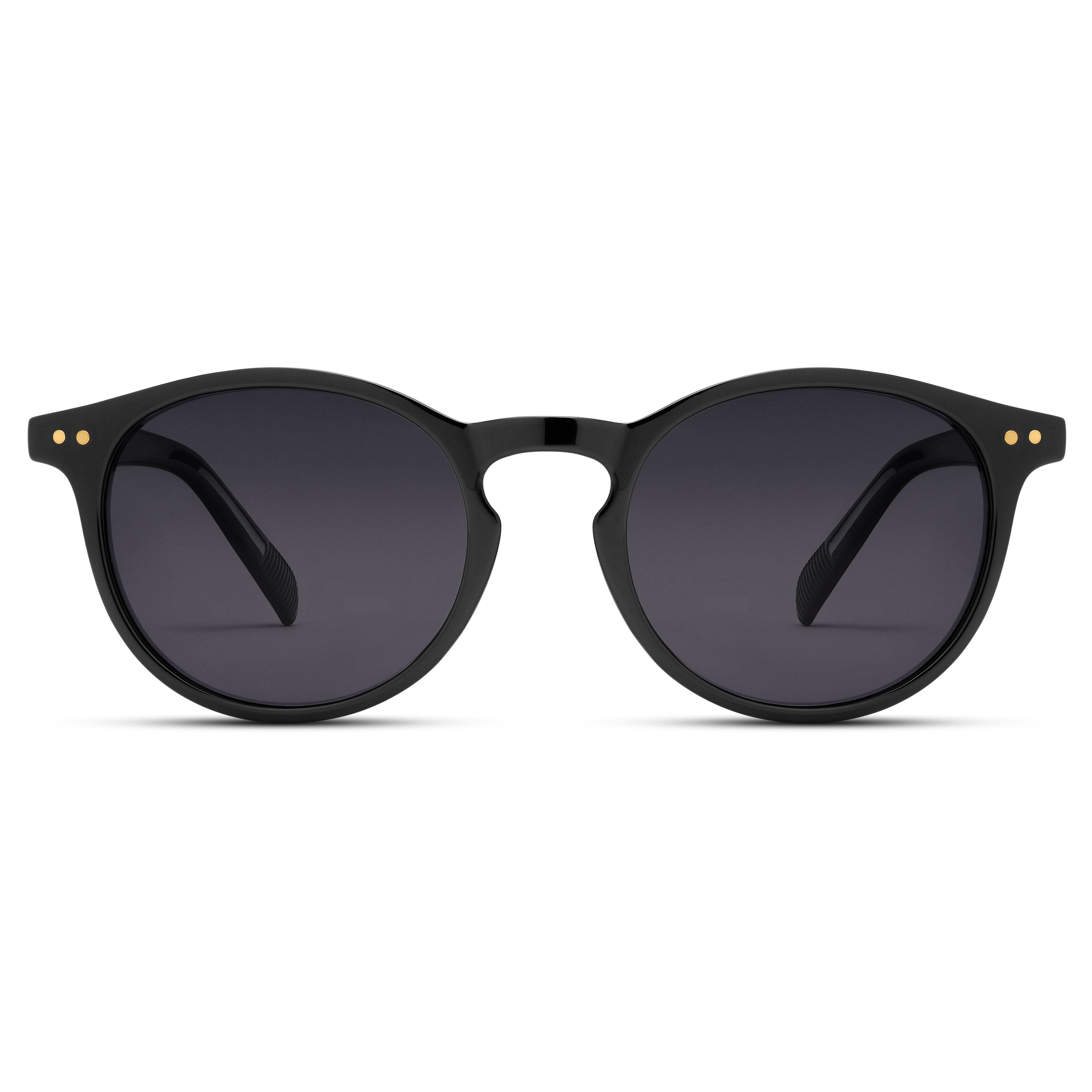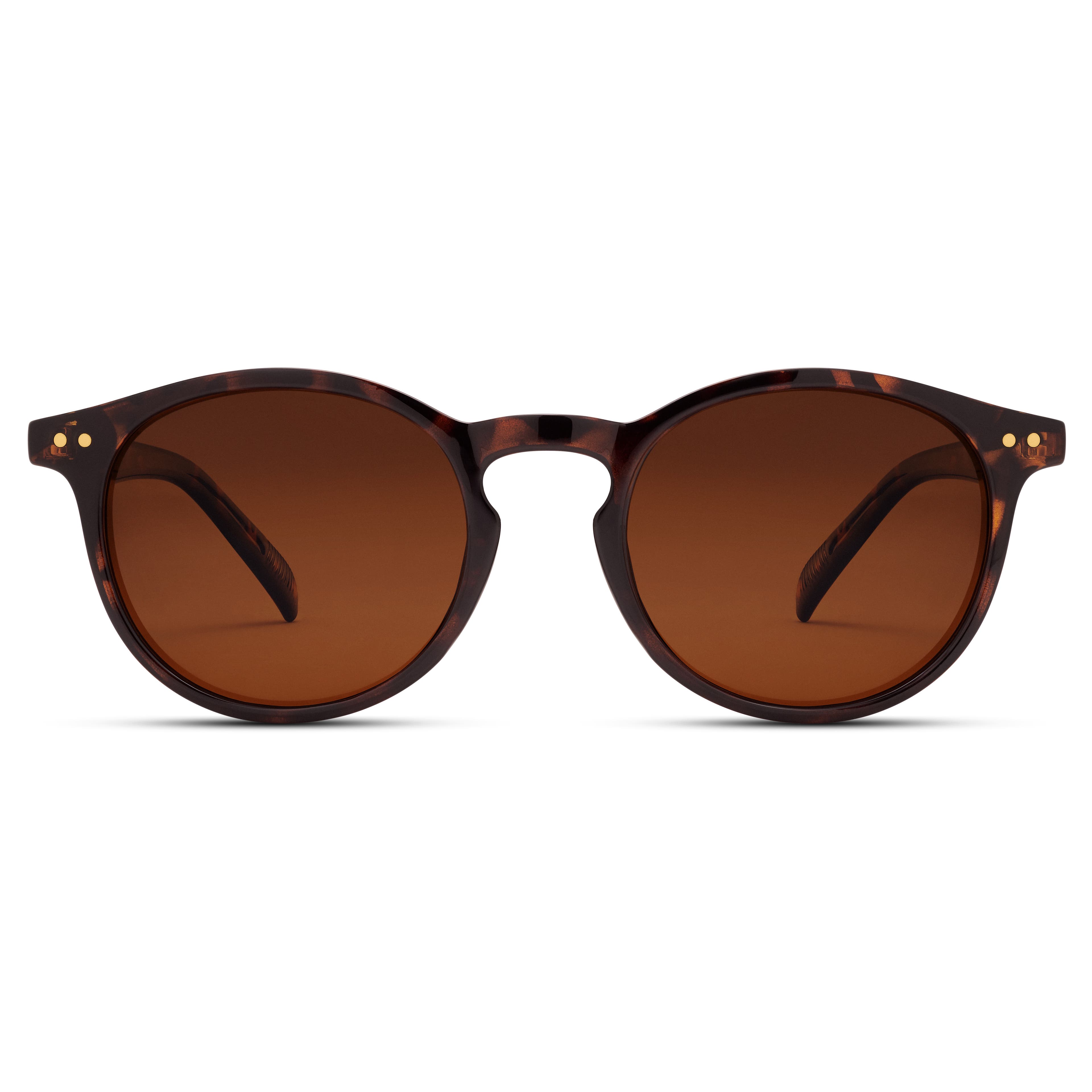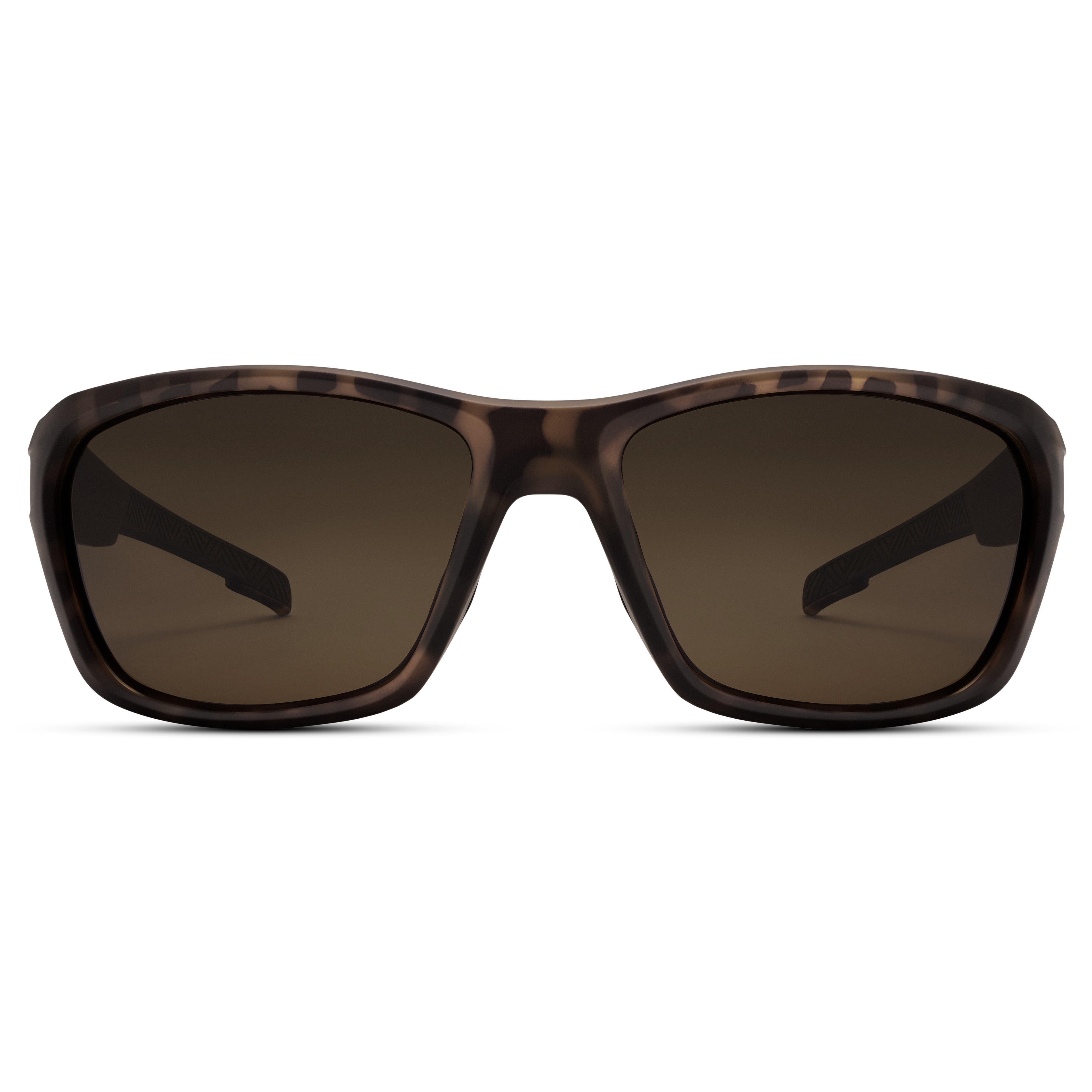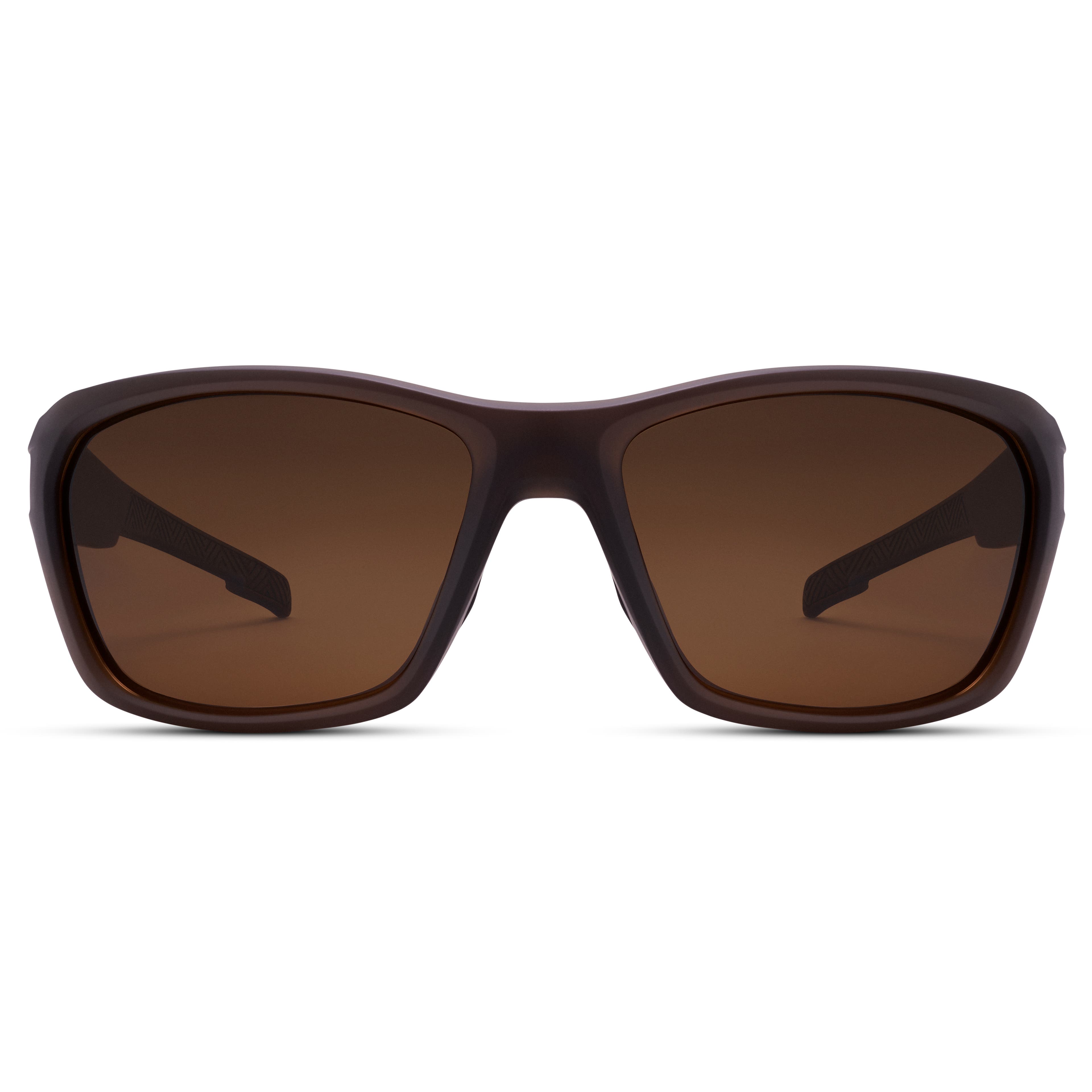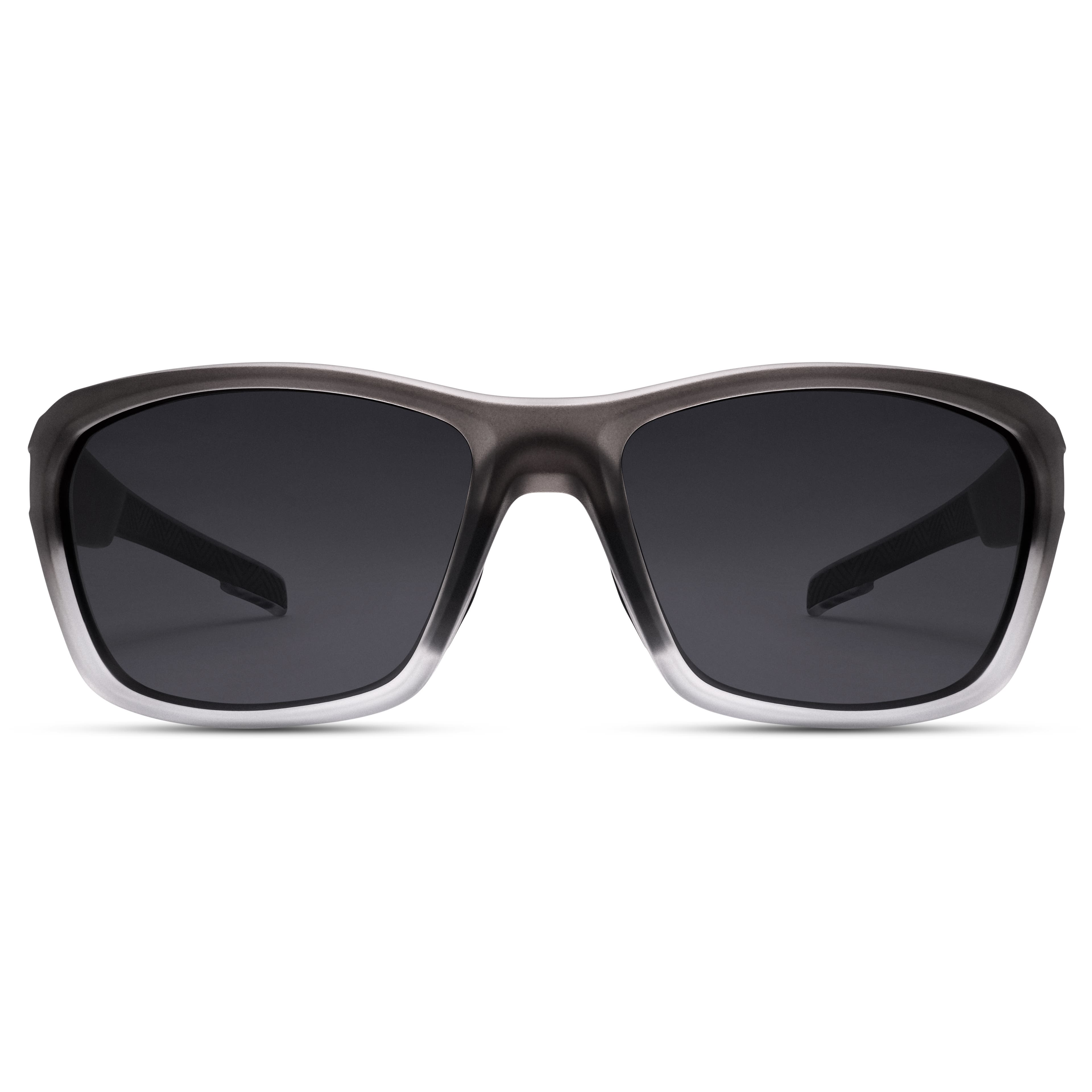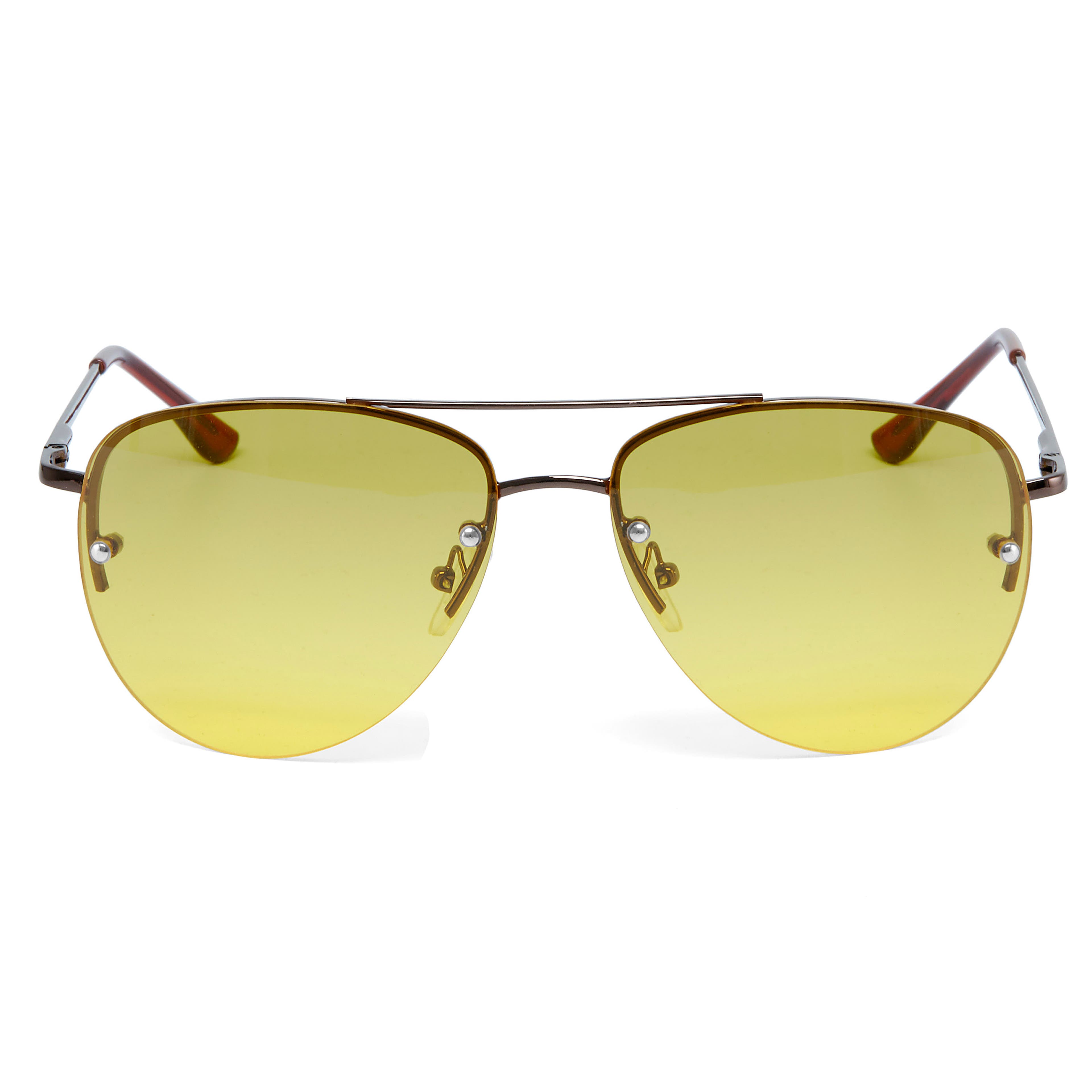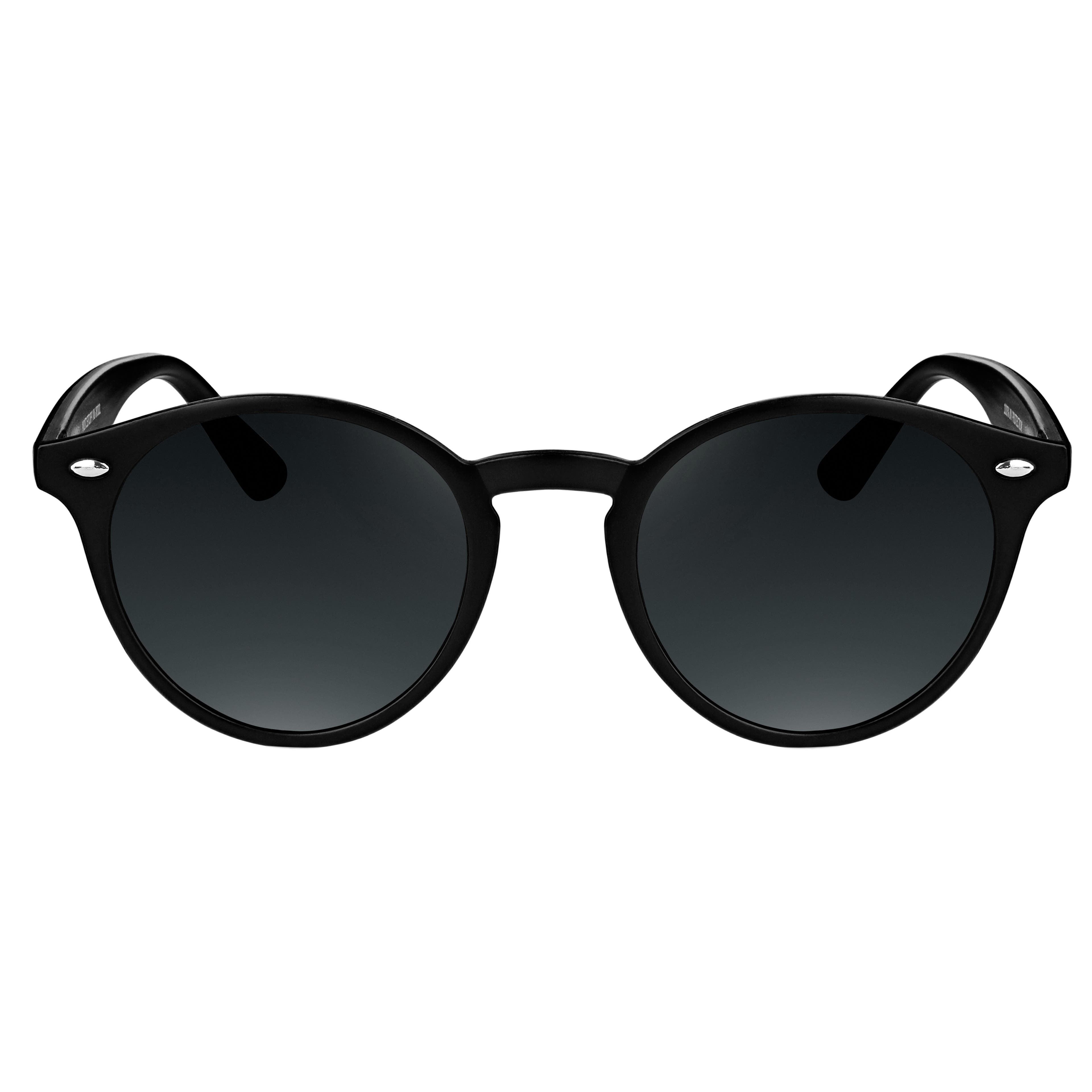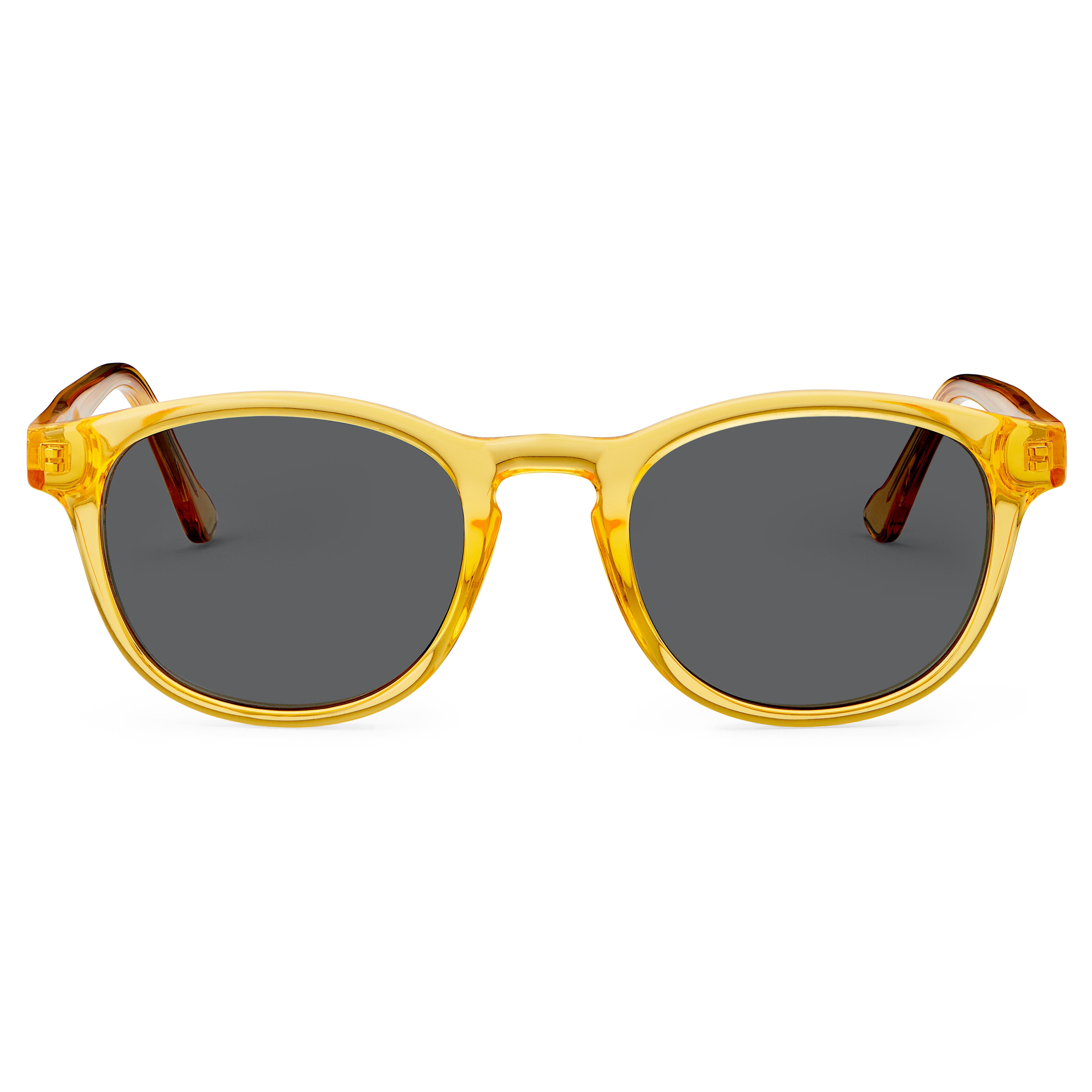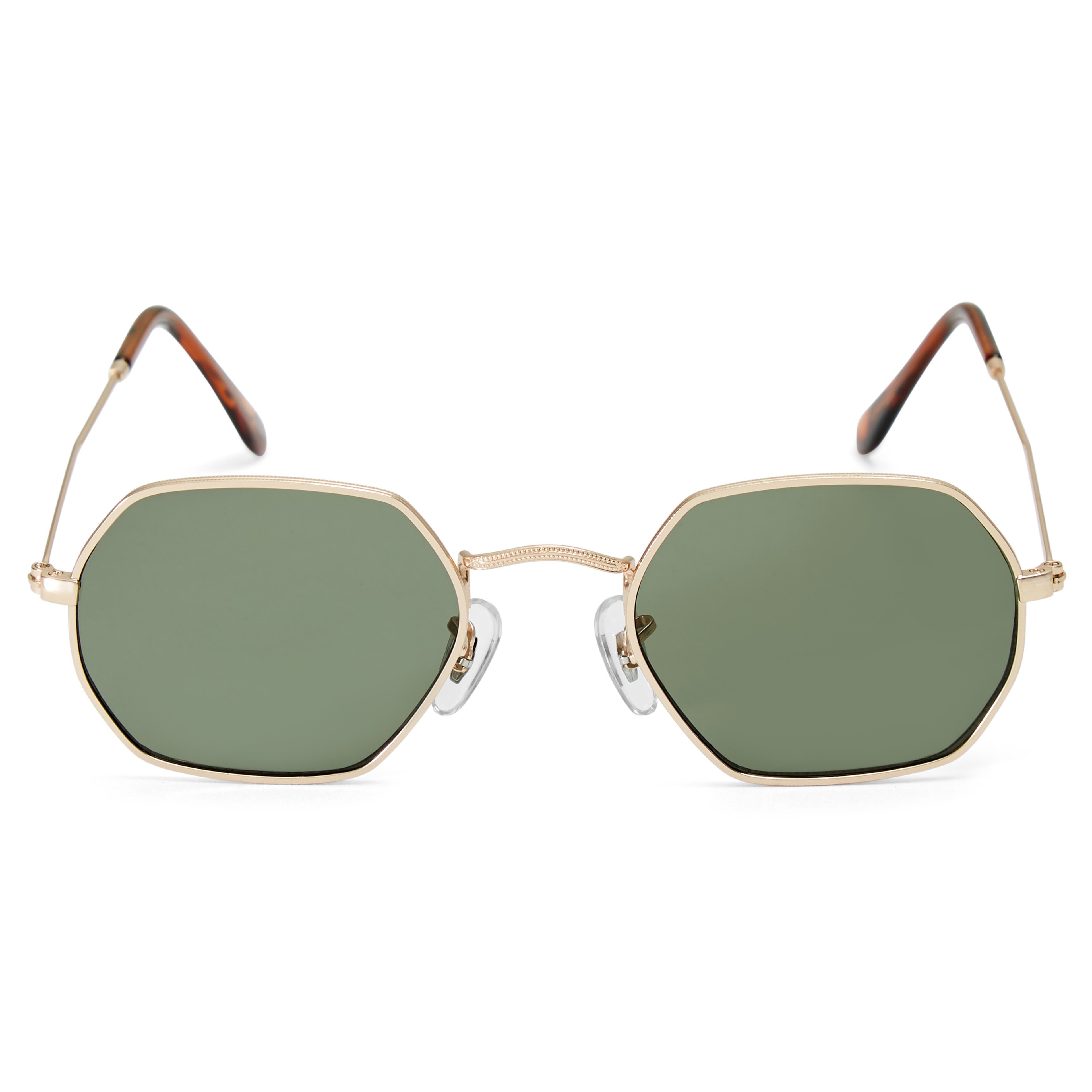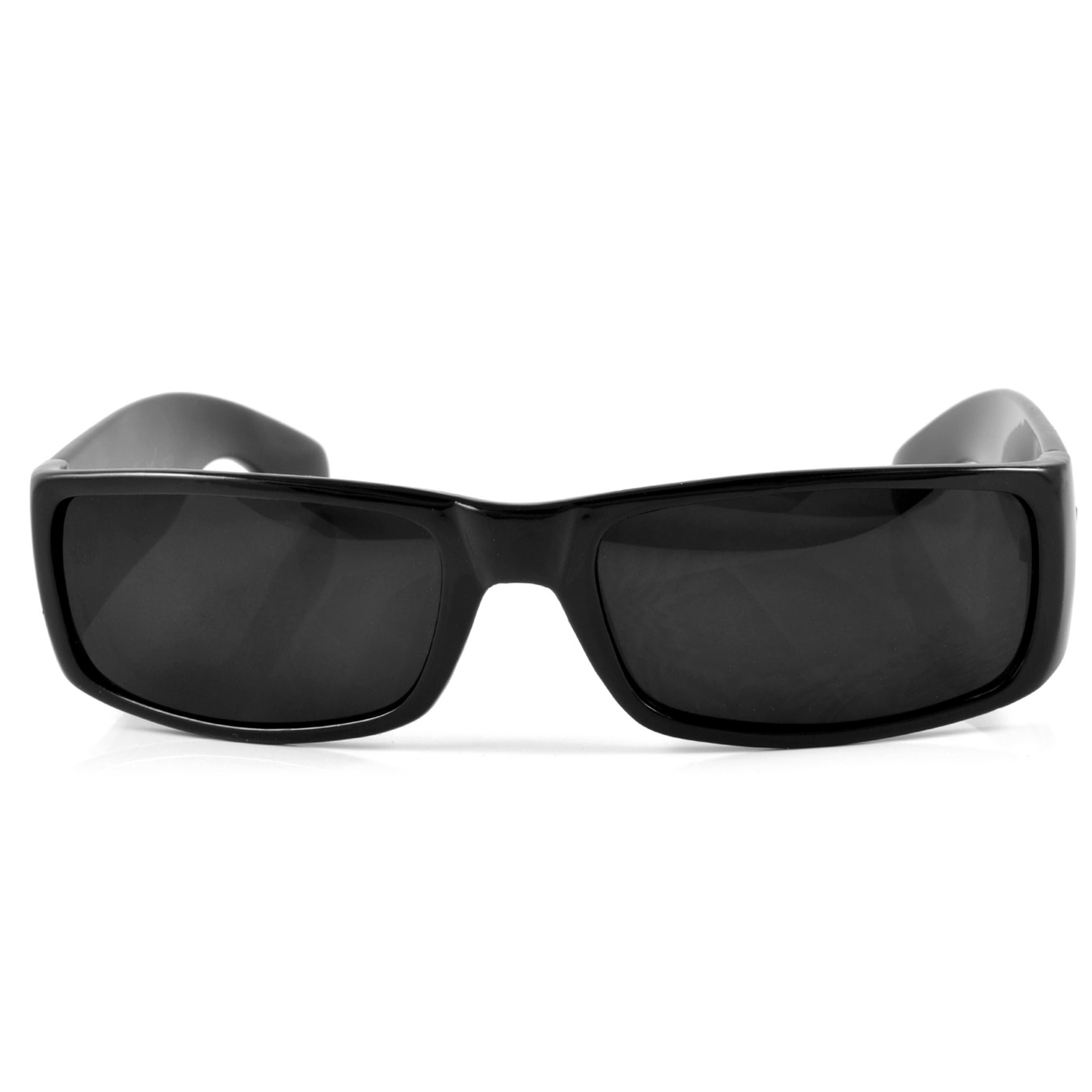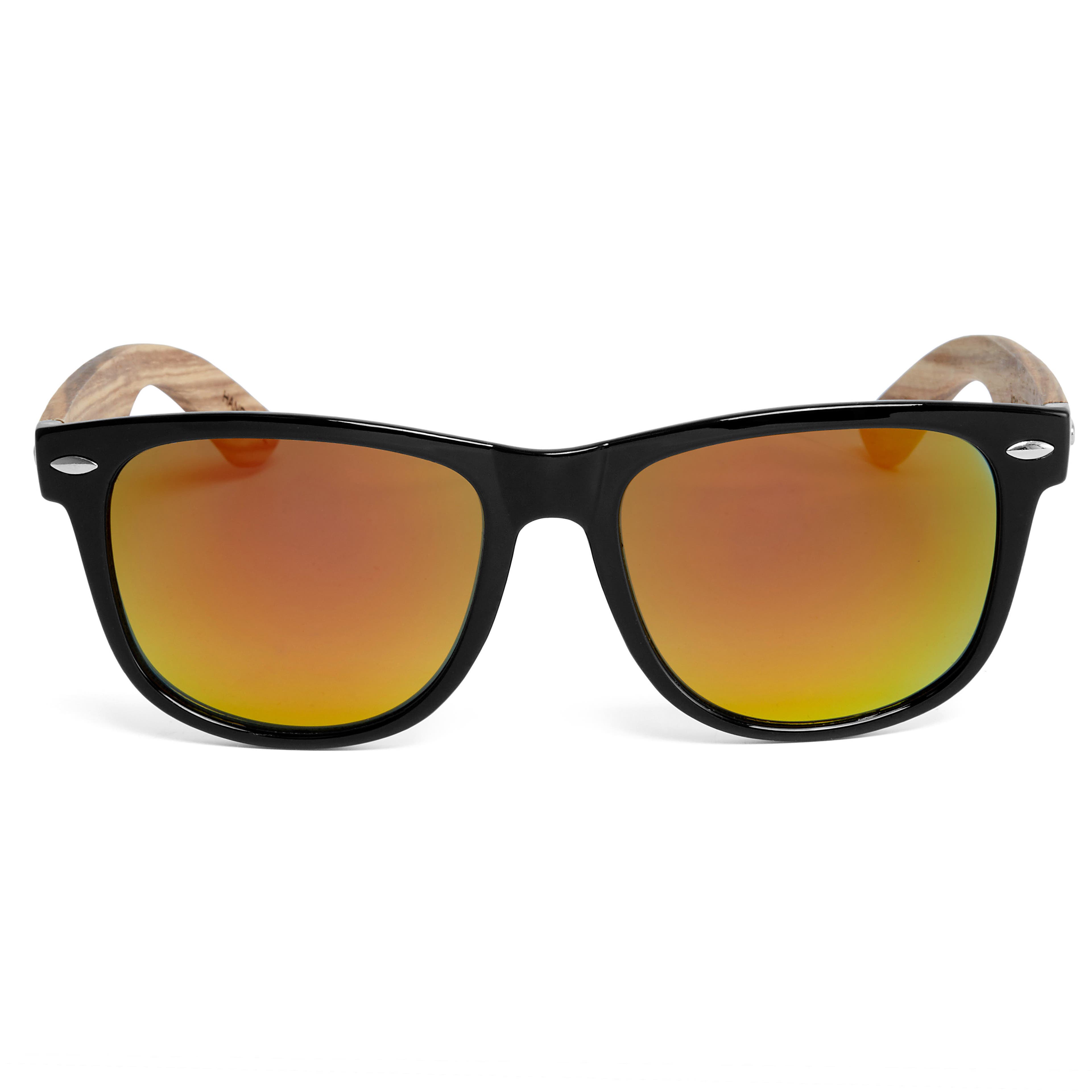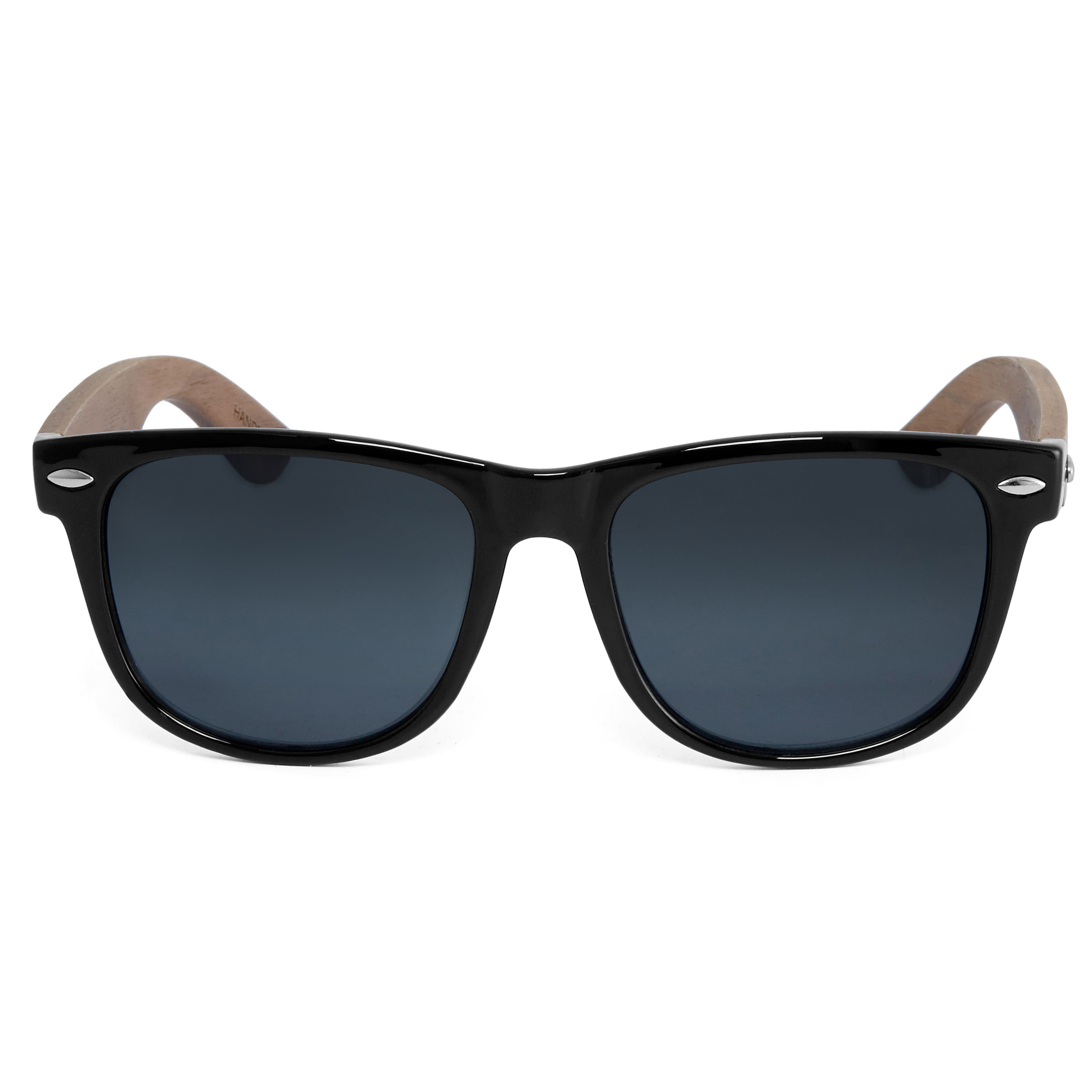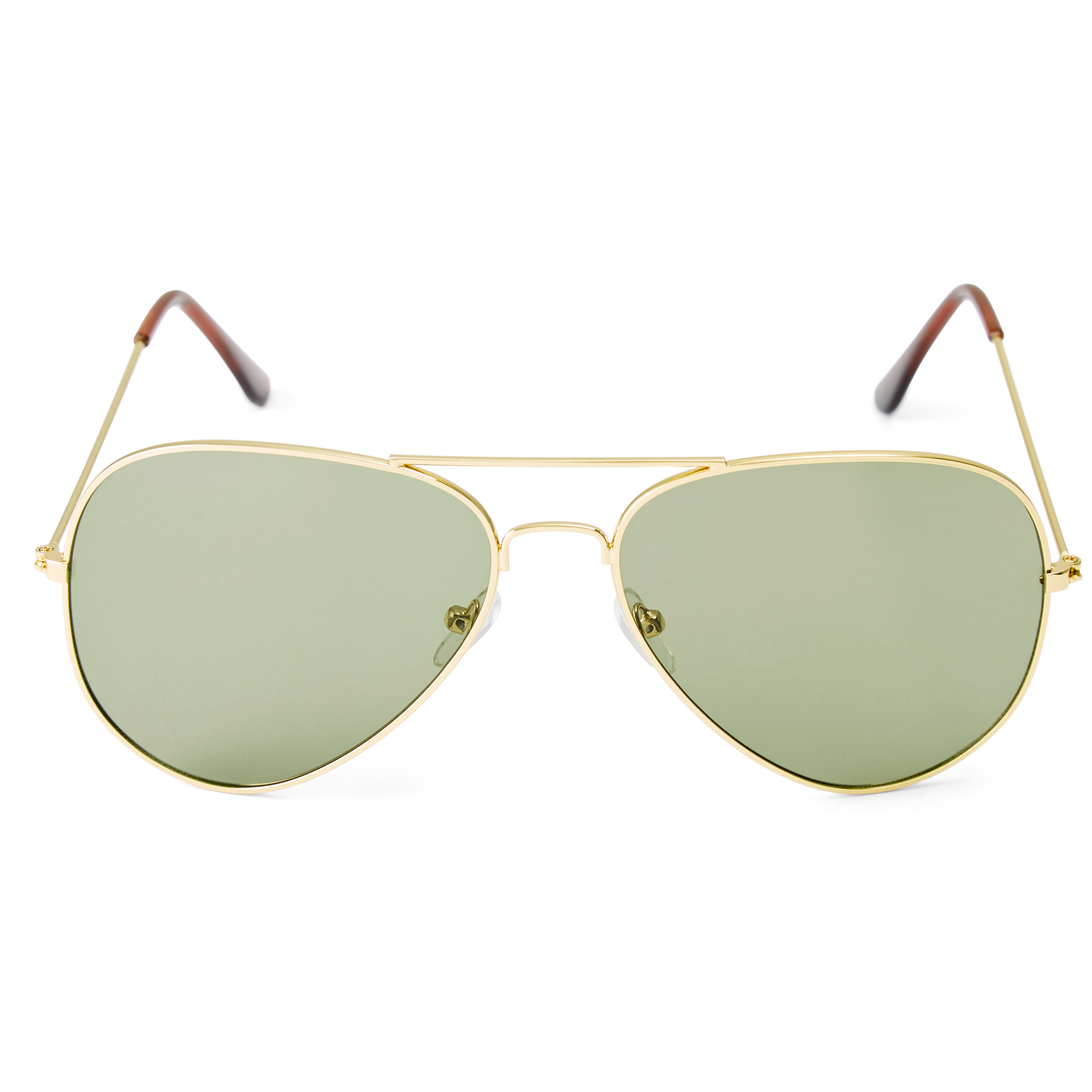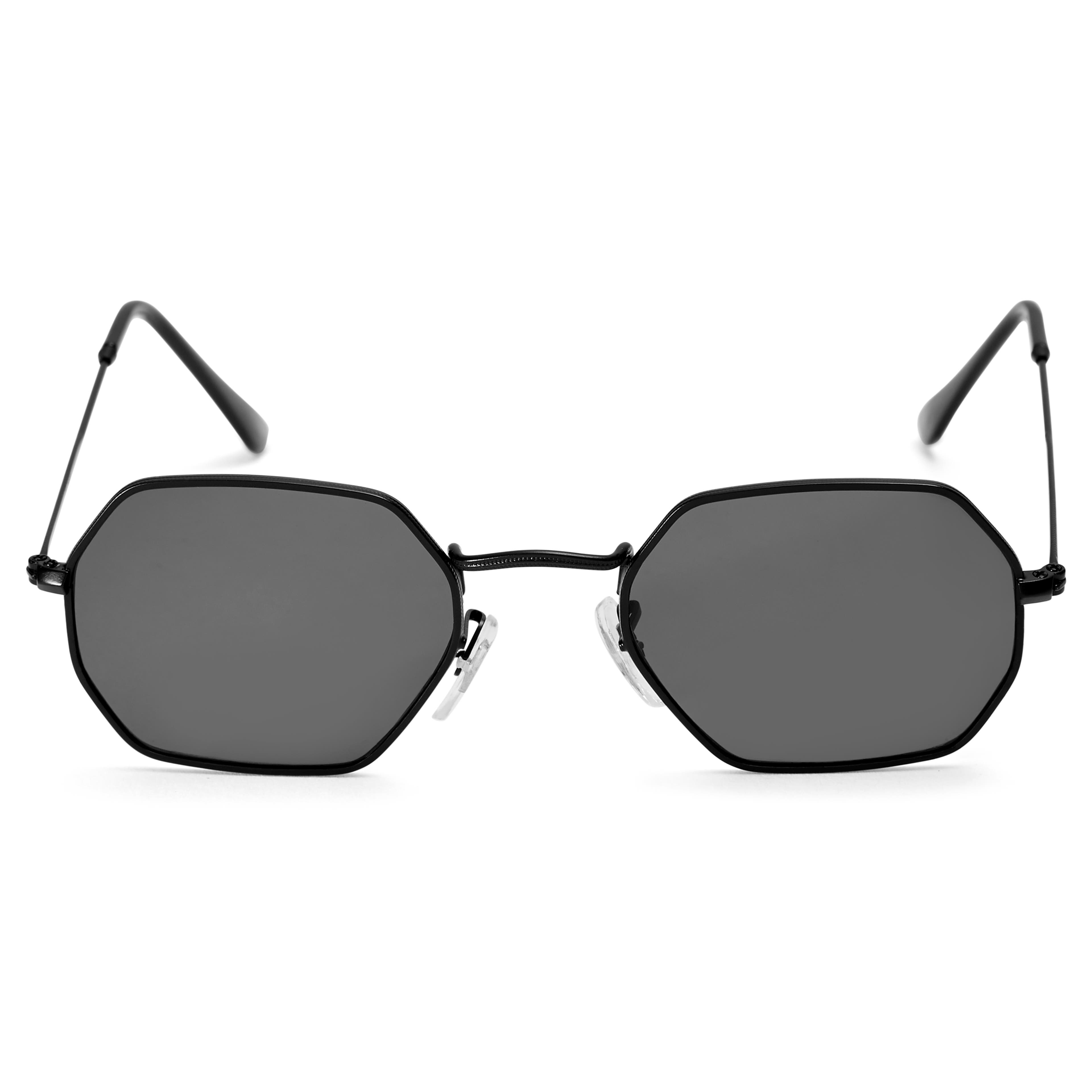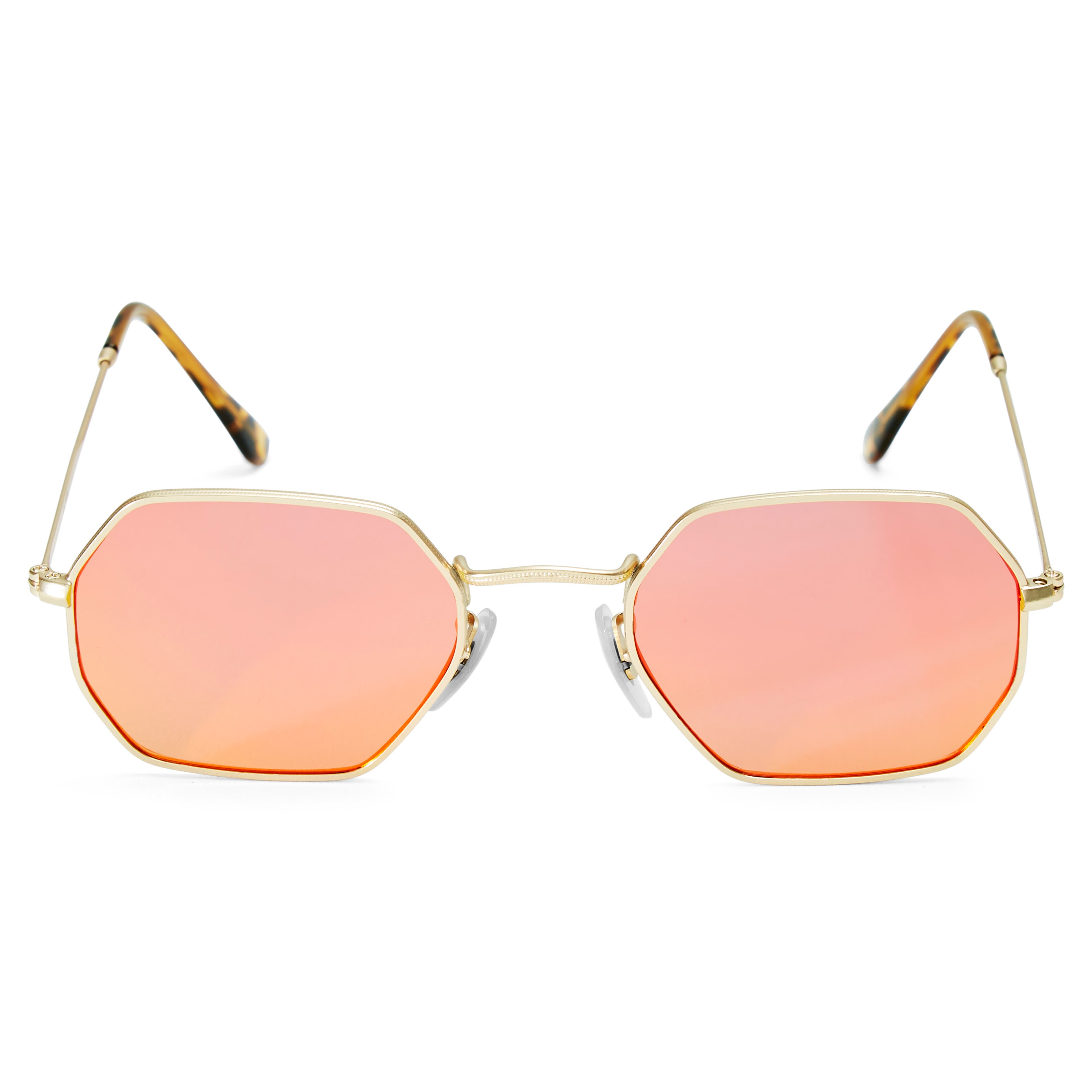POLARISED SUNGLASSES | PROS & CONS
Polarised sunglasses are a must-have for those seeking to reduce glare, enhance clarity, and improve comfort in bright conditions. They're especially popular among drivers, water sports enthusiasts, and anyone who spends a lot of time outdoors. Like any technology, though, polarisation has its pros and cons. We’ll break them down to help you decide if polarised sunglasses are the right choice for you.
Pros of Polarisation
- Reduced Glare: By filtering the light that reflects off flat surfaces (like water, roads, other cars, or snow), these lenses reduce the strain on your eyes, making outdoor activities safer and more enjoyable.
- Clearer Vision: With the glare gone, the world looks crisper and clearer. Colours appear more vibrant and details are more defined. This enhances your overall visual experience.
- Reduced Eye Strain: Squinting in bright light leads to eye fatigue and headaches. Polarised lenses reduce the need to squint, keeping your eyes more comfortable and reducing the risk of discomfort.
- Better Water Visibility: For activities like fishing or boating, polarised lenses are a game-changer. They allow you to see through the surface of the water more easily, spotting fish or underwater hazards that non-polarised lenses would miss.
EXPLORE POLARISED SUNGLASSES
Cons of Polarisation
- Difficulties with LCD Screens: Polarised lenses can block out some of the light from your smartphone, GPS devices, and other LCD screens. This can be inconvenient or even problematic in situations where visibility of these screens is crucial.
- Price: Polarised sunglasses tend to be more expensive than their non-polarised counterparts. Most agree that the benefits justify the cost, but it's something to consider if you're on a tight budget.
- Potential Misinterpretation of Hazards: By eliminating glare, polarised lenses can sometimes make icy patches on the road or other slick surfaces less visible. This might lead to misjudging conditions in certain environments.
- Lowered Contrast in Low-Light Situations: Driving at night with polarised glasses is not recommended, since polarisation reduces contrast and may make road conditions more difficult to read.
EXPLORE STANDARD SUNGLASSES
Should you buy polarised sunglasses? Here is our expert recommendation.
Buy polarised sunglasses if you spend a lot of time outdoors, especially near water or driving. The benefits of reduced glare and clearer vision can significantly enhance your experience.
Don't buy polarised sunglasses if you rely heavily on viewing LCD screens for work or navigation outdoors.
In the end, the best choice is one that aligns with your needs and ensures both comfort and functionality.
EXPLORE BEST SELLING SUNGLASSES
YOU ASKED – WE ANSWERED
Polarised lenses contain a special filter that blocks intense reflected light, reducing glare and improving visual clarity.
If you're often outdoors, especially near water or snow, then yes. They reduce glare, enhance visibility, and reduce eye strain. For general use, non-polarised might suffice and be more budget-friendly.
Look through the lenses at a digital screen and rotate them. If the screen appears to darken and lighten, the lenses are polarised.
No, UV blocking protects eyes from harmful ultraviolet rays, while polarisation reduces glare from reflective surfaces. Some sunglasses offer both.
Reduces glare, enhances contrast, improves visual clarity, and reduces eye strain.
May make it difficult to read LCD screens, can be more expensive, and not suitable for all sports or activities.
The "best" depends on personal preference, lens materials, and specific needs. Consider lens quality and UV protection.
Not necessarily darker, but they reduce glare through polarisation and provide clearer, more comfortable vision in bright conditions.
Latest Articles
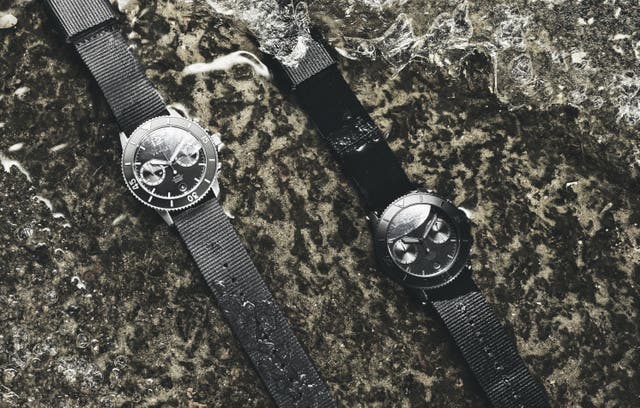
How to Clean Your Watch – A 5-Step Guide
Want to keep your watch stunning? Check out our 5-step guide on how to clean your watch effectively and maintain its wow-factor for years to come!

How to wear multiple rings | a men’s guide
Discover the ultimate men's guide on how to wear multiple rings stylishly. Elevate your look with tips and tricks for pairing rings.

Easy guide to cleaning men’s earrings
Learn the best methods for cleaning men's earrings. Our step-by-step guides will help you maintain their shine and keep them looking stylish every day!
.jpg?format=pjpg&auto=webp&quality=75%2C90&width=640)
Top 5 Accessory Looks for Men April 2025
Check out the top 5 must-have accessory looks for men in April 2025! Get inspired to elevate your fashion game and express your unique style.
.jpg?format=pjpg&auto=webp&quality=75%2C90&width=640)
Top 5 Accessory Looks for Men March 2025
Unveil the top 5 accessory looks for men in March 2025! Stay ahead in fashion with essential tips to upgrade your wardrobe and make a statement.

QUARTZ VS. AUTOMATIC WATCHES: WHICH SHOULD YOU CHOOSE?
Explore the pros and cons of quartz and automatic watches. Make an informed choice for your next timepiece with our detailed comparison and insights!
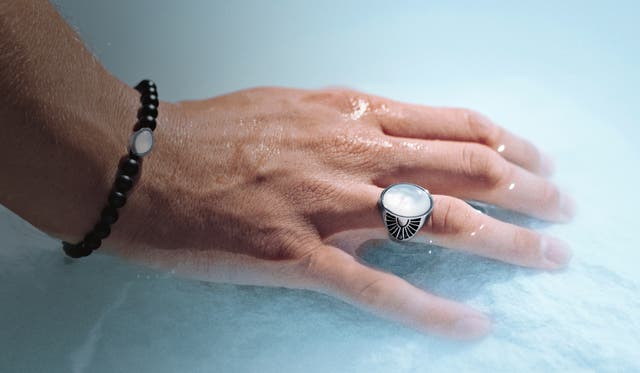
How to Clean Men’s Rings
Discover effective tips on how to clean men's rings and keep them looking brand new. Shine and care for your jewellery with our easy-to-follow guide!

Ring Sizing Guide for Men: How to find the perfectly-fitting ring?
Discover the ultimate ring sizing guide for men! Learn how to find the perfect fit for your ring with our easy tips and tricks.

Necklace Size Guide for Men: Find the Perfect Length and Fit for You
Get the ideal necklace length for men with our easy-to-follow sizing guide. Ensure a comfortable and stylish fit for your accessories today!
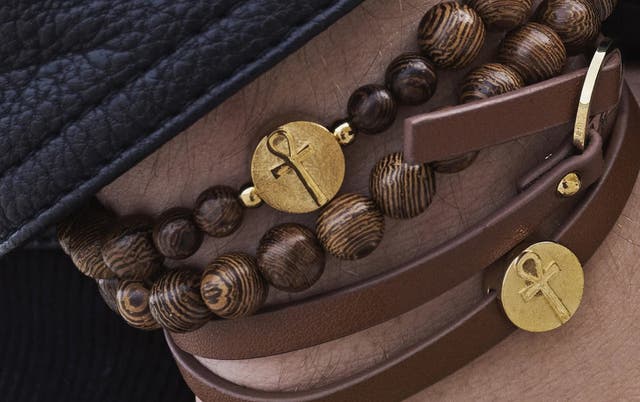
The Men’s Guide to Stacking Bracelets
Discover the ultimate men's guide to stacking bracelets! Learn tips, styles, and how to create the perfect layered look for your vibe.

